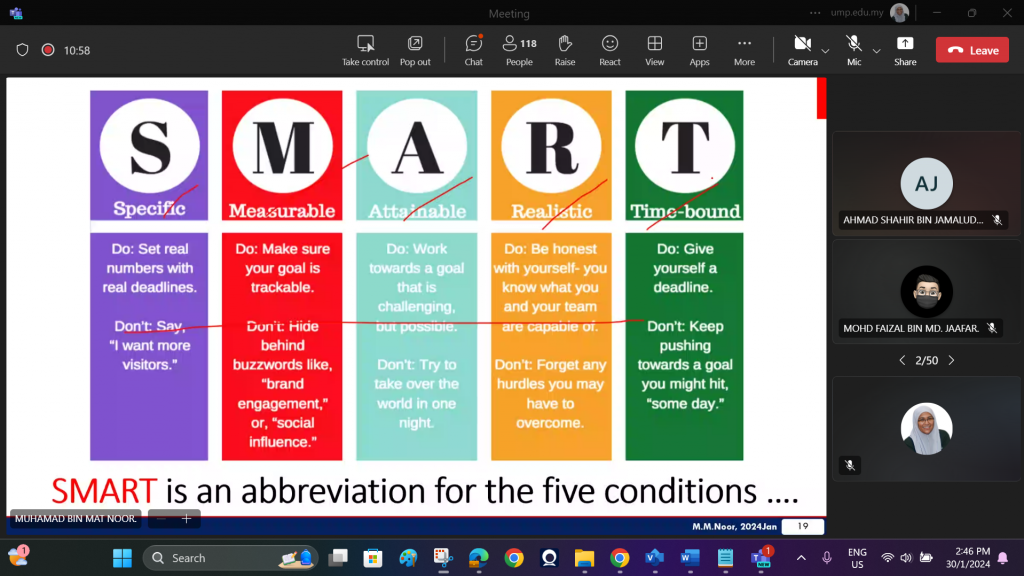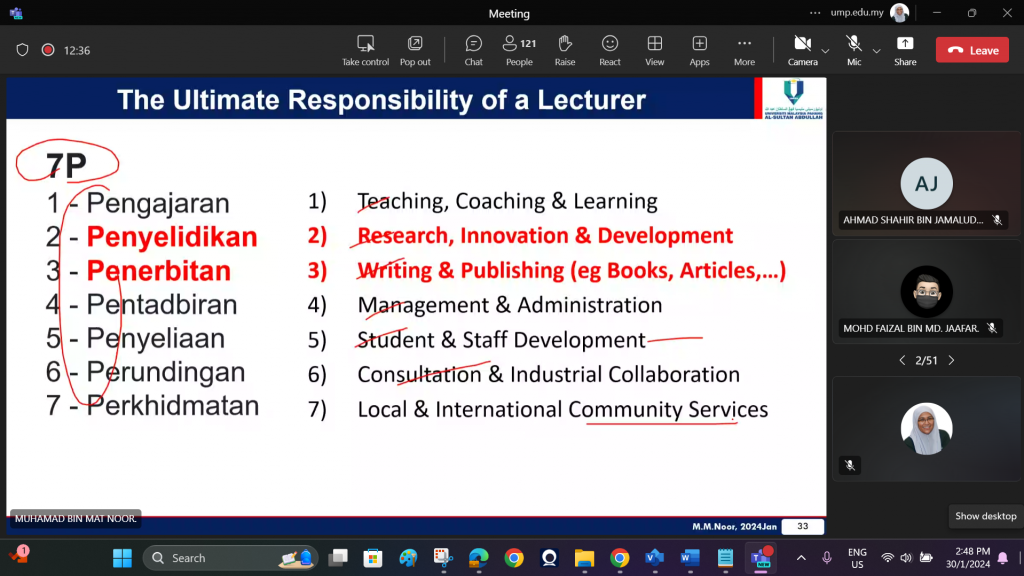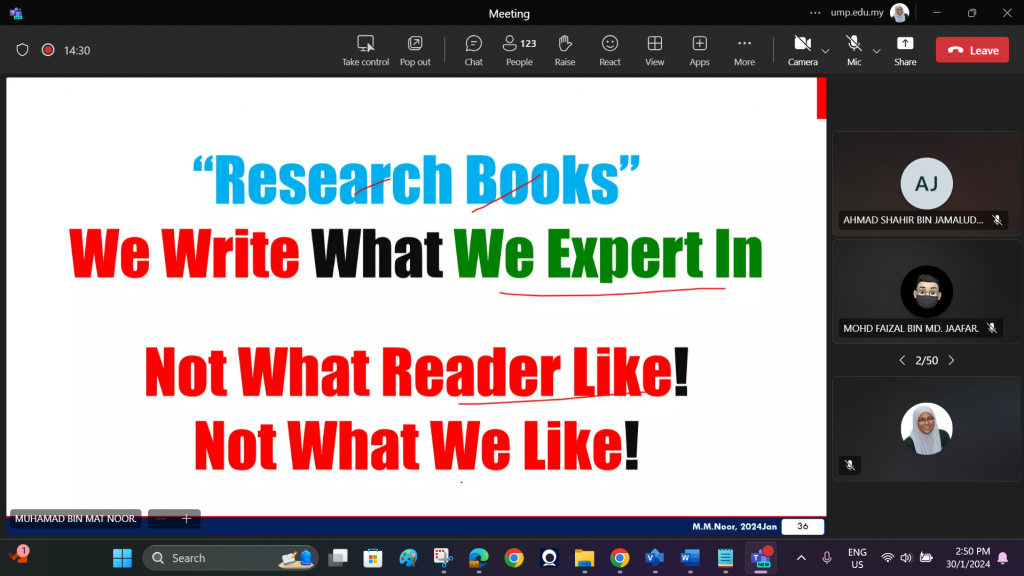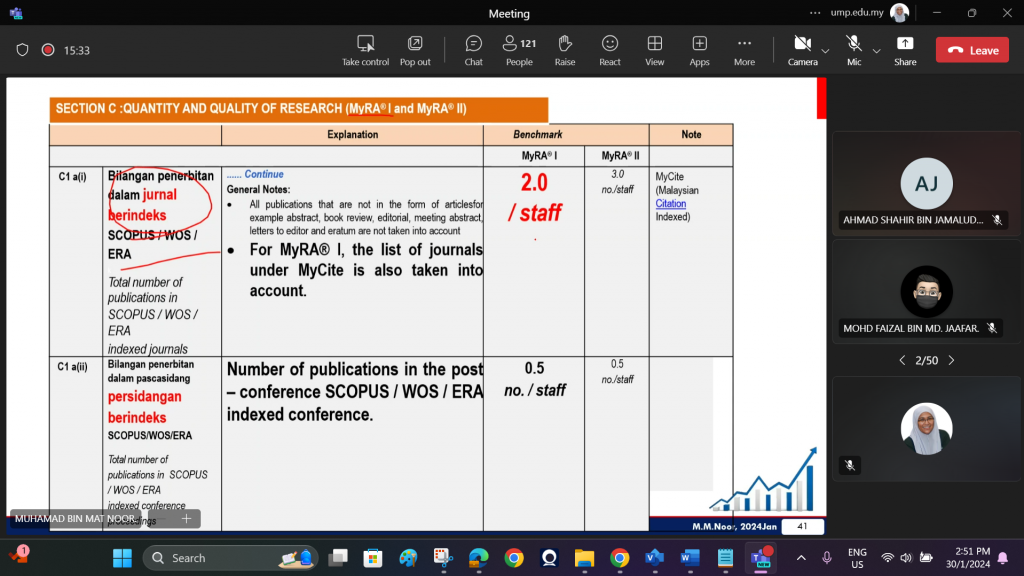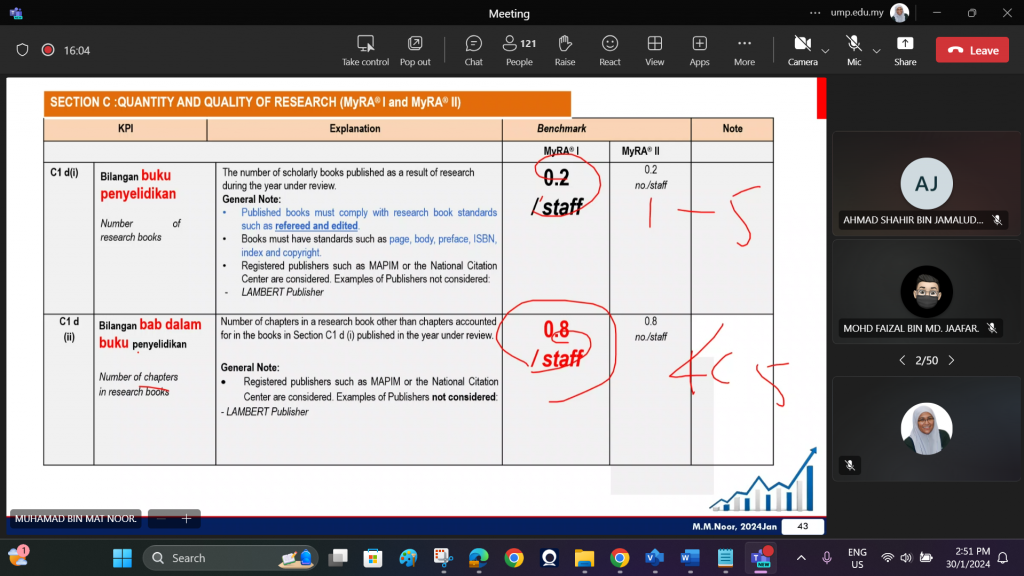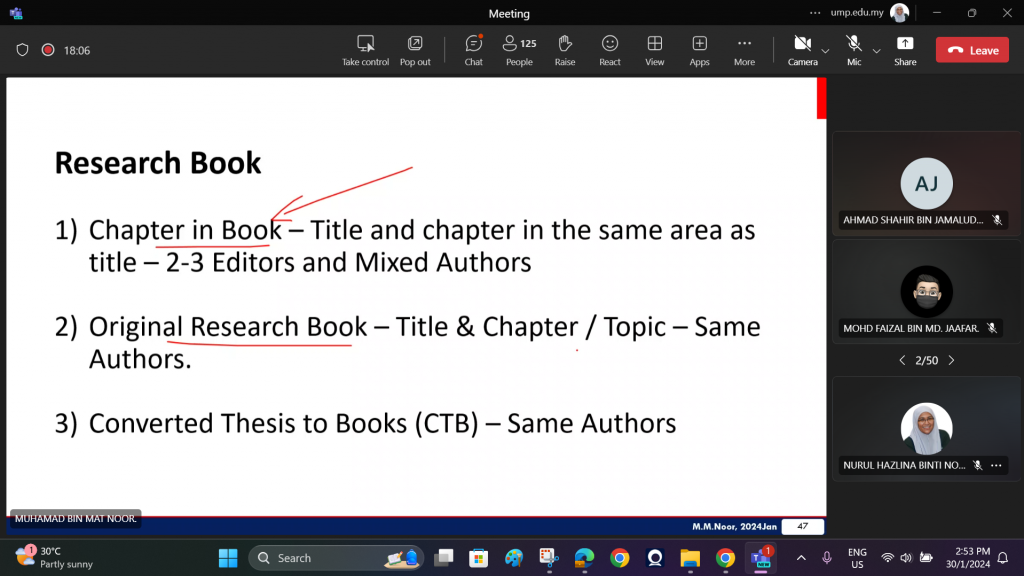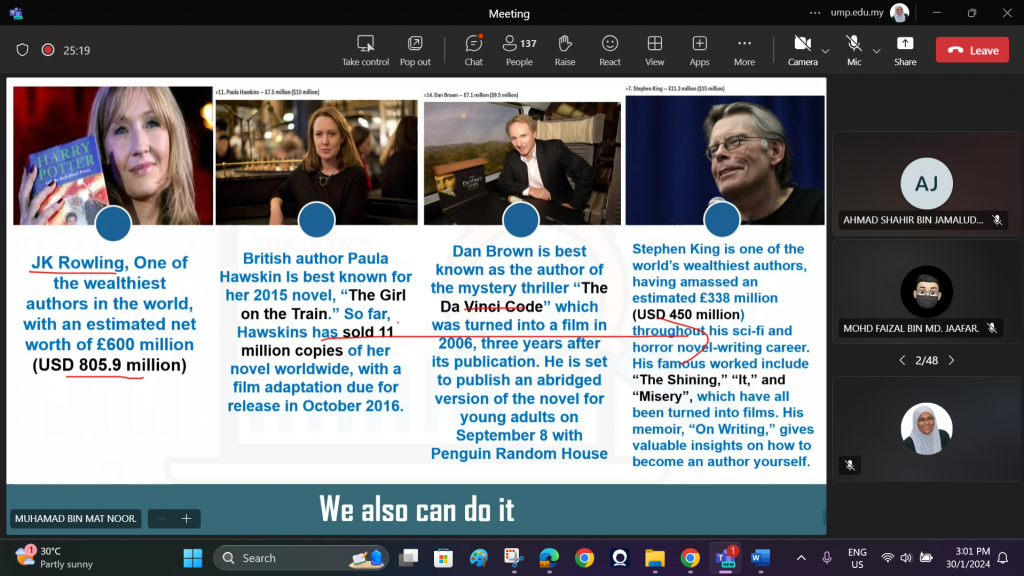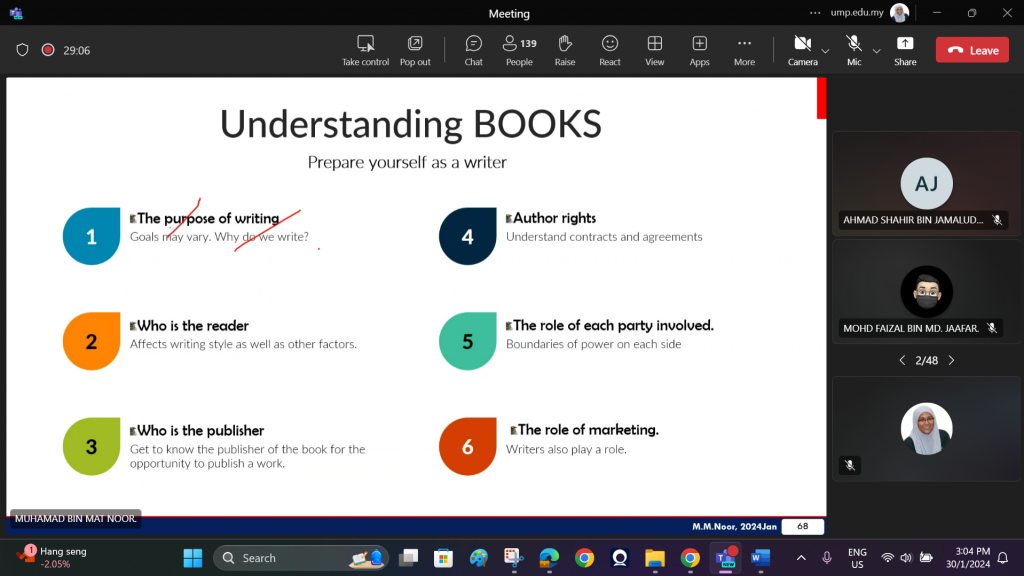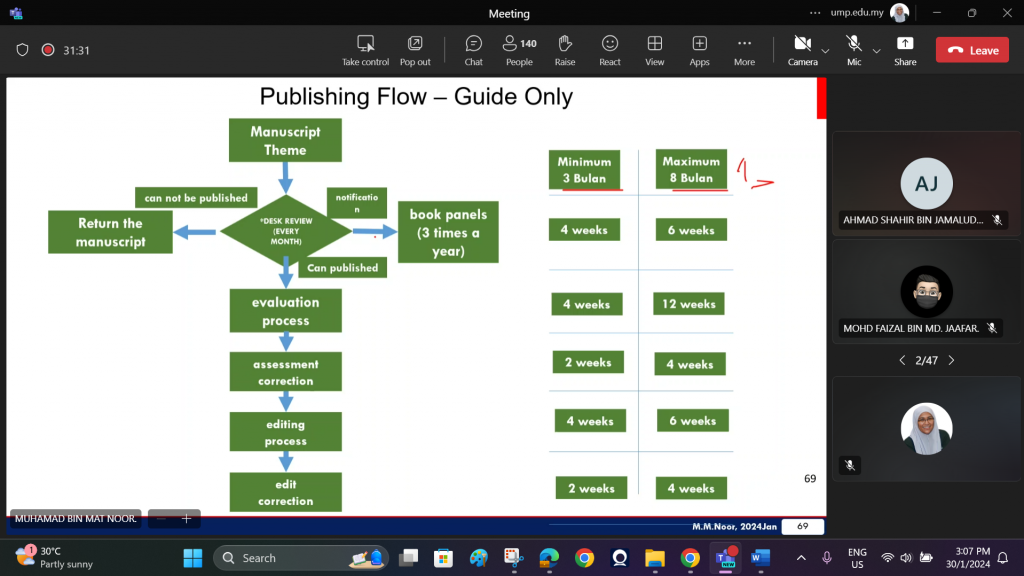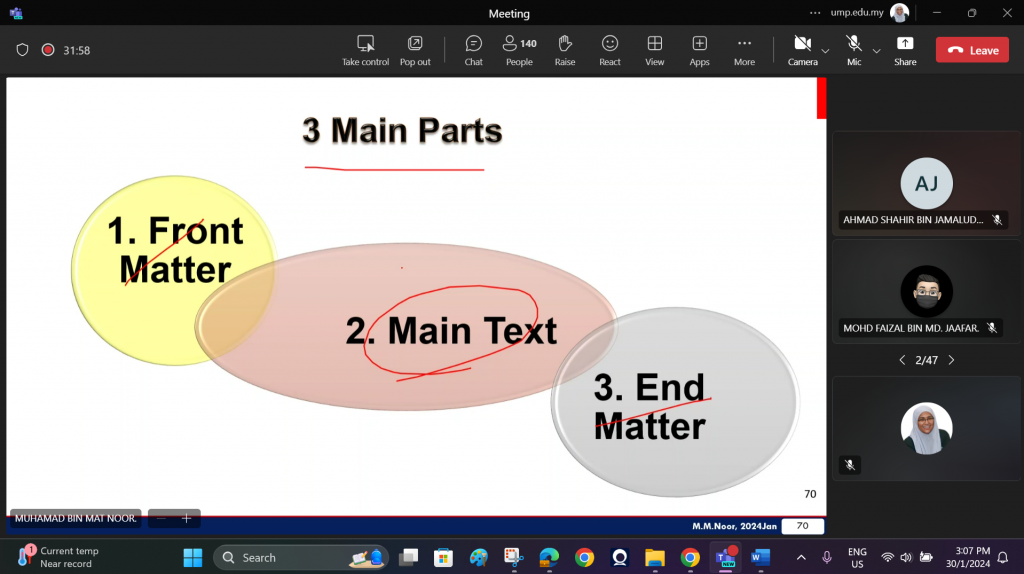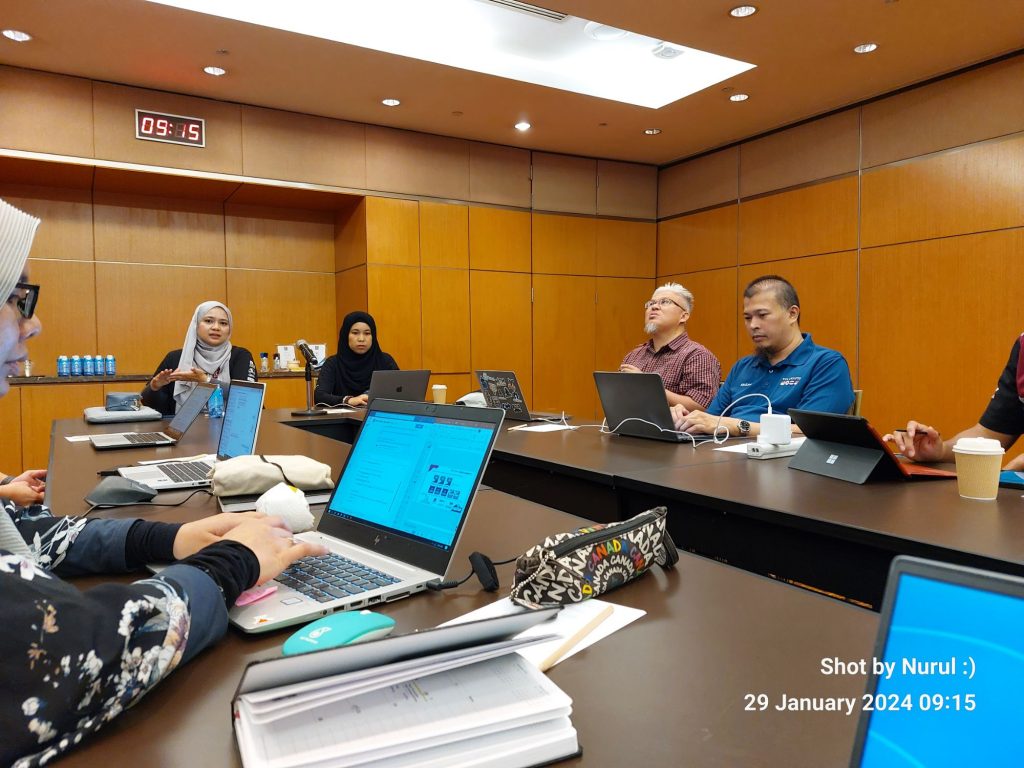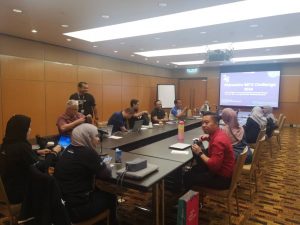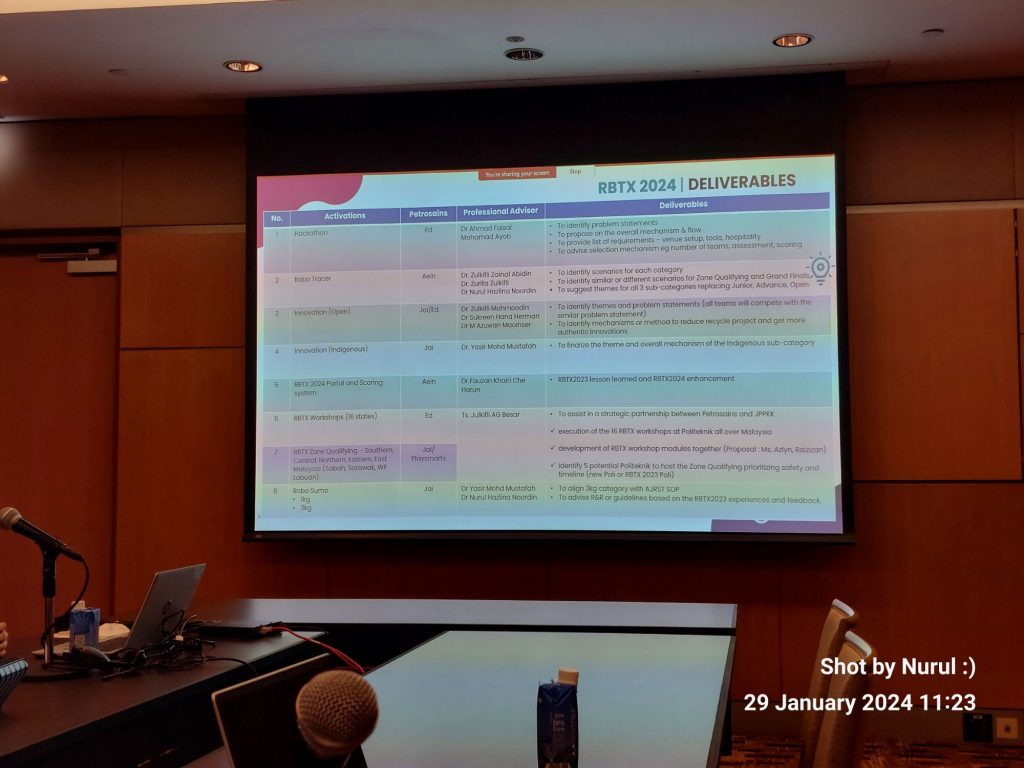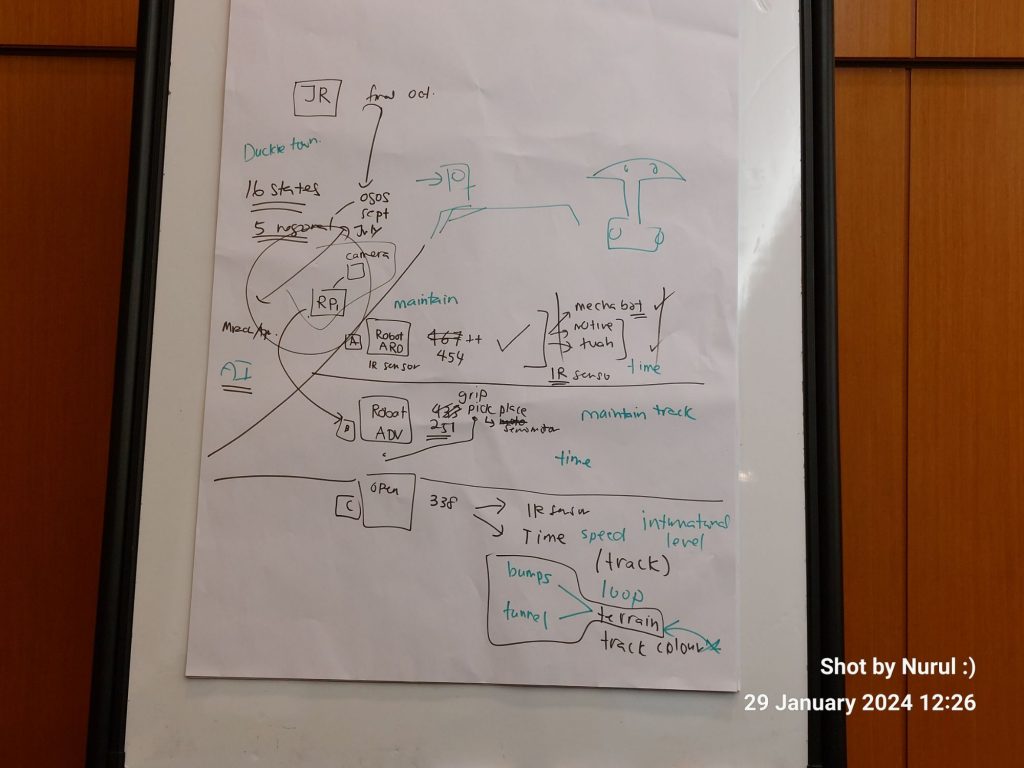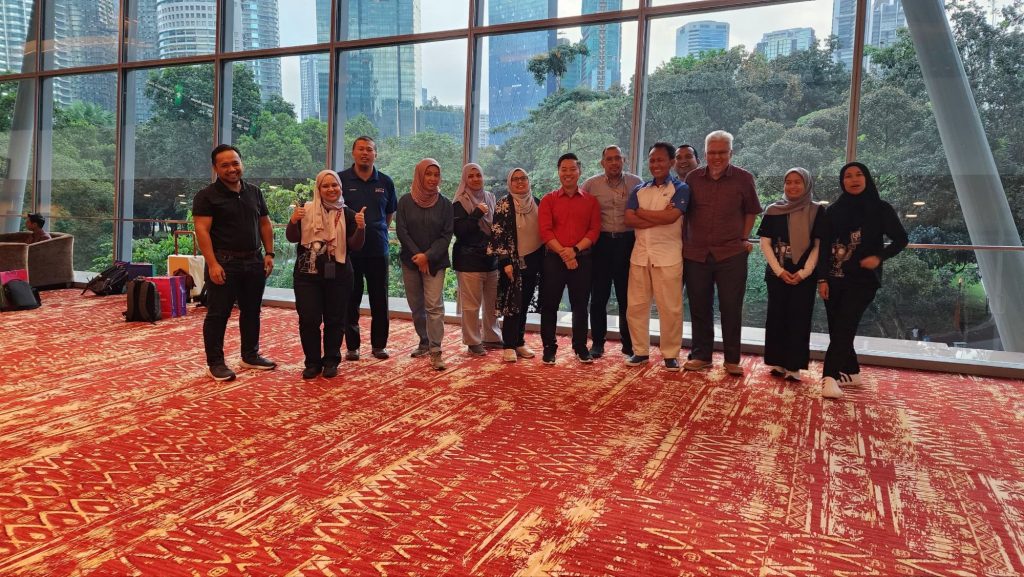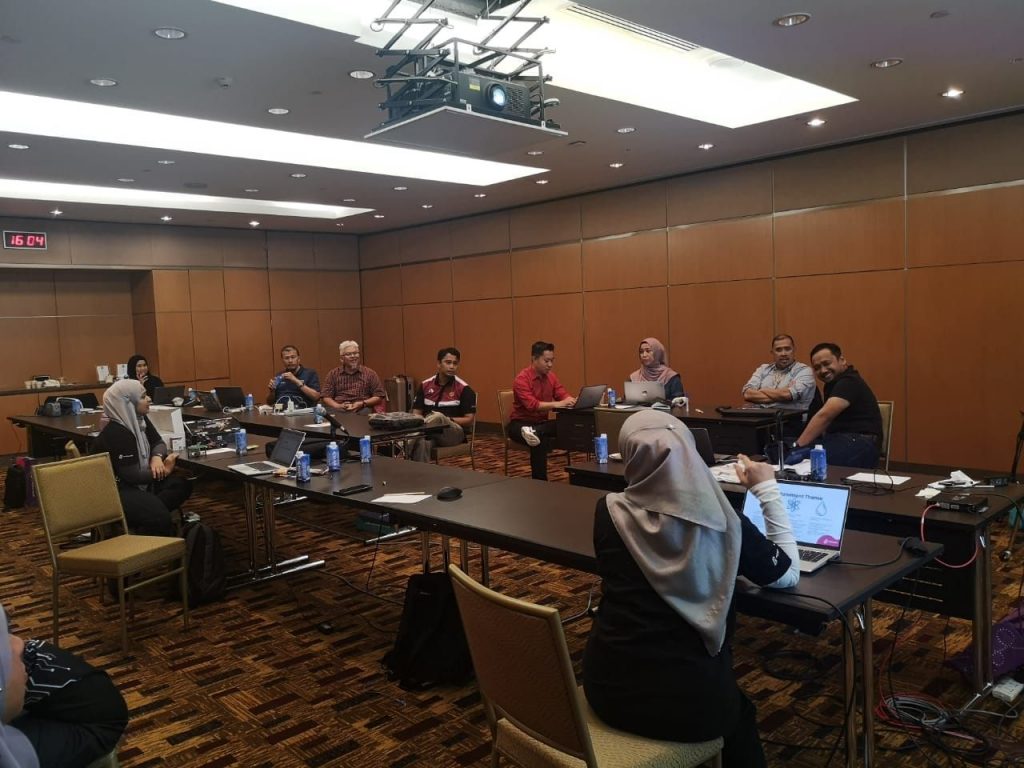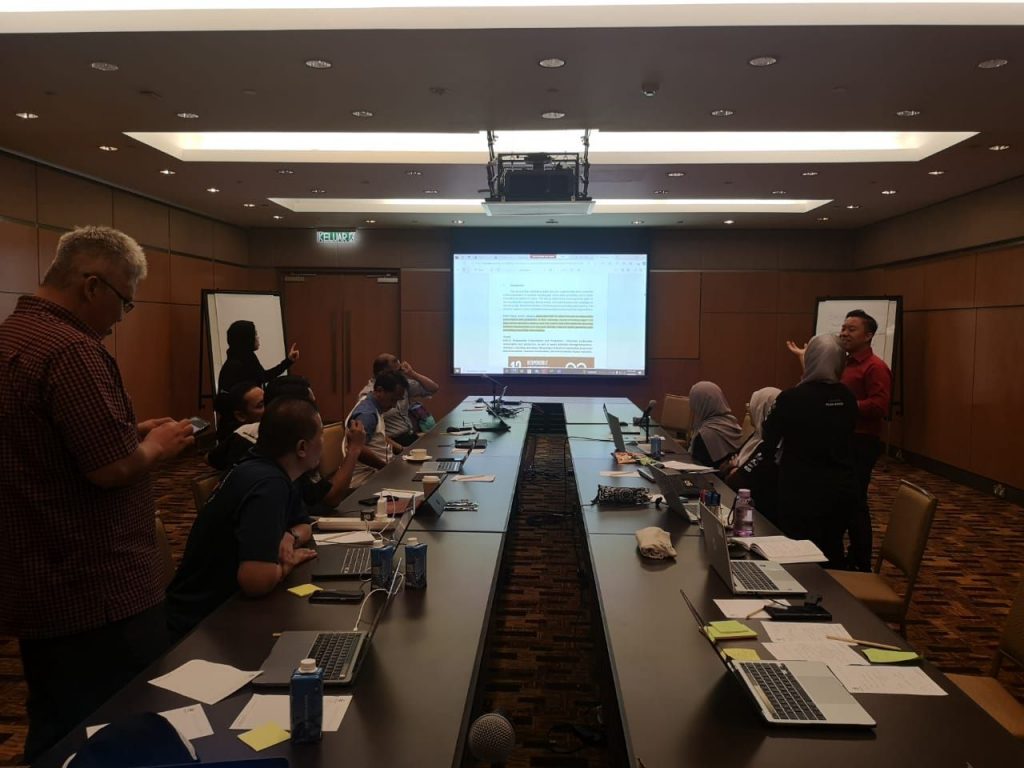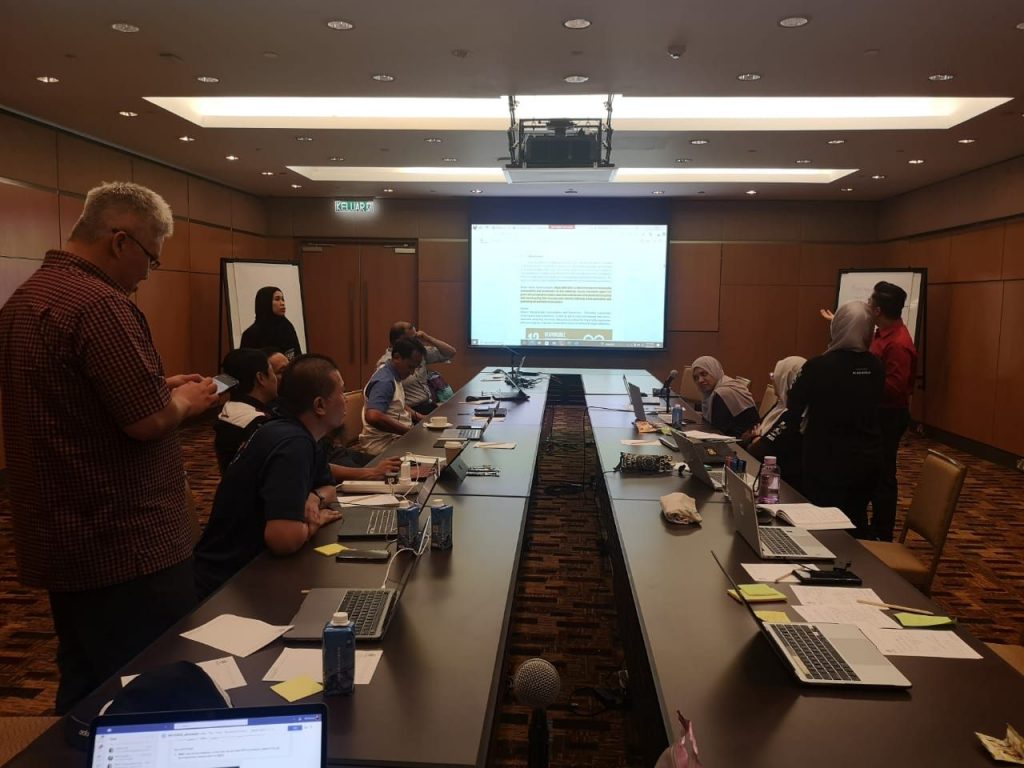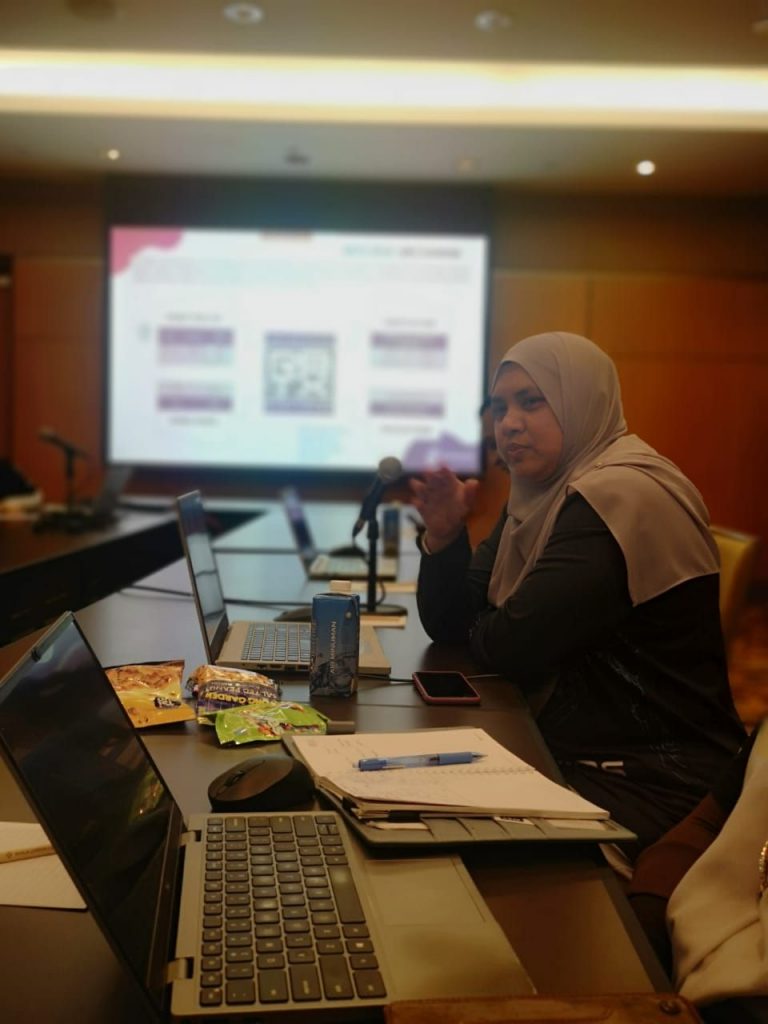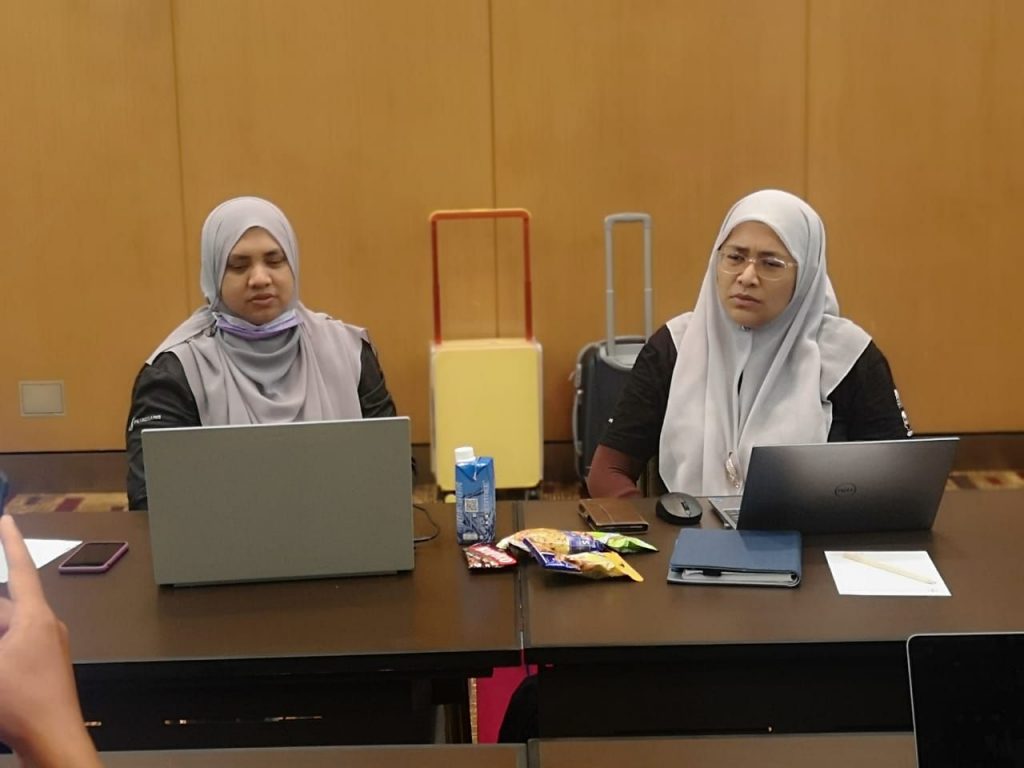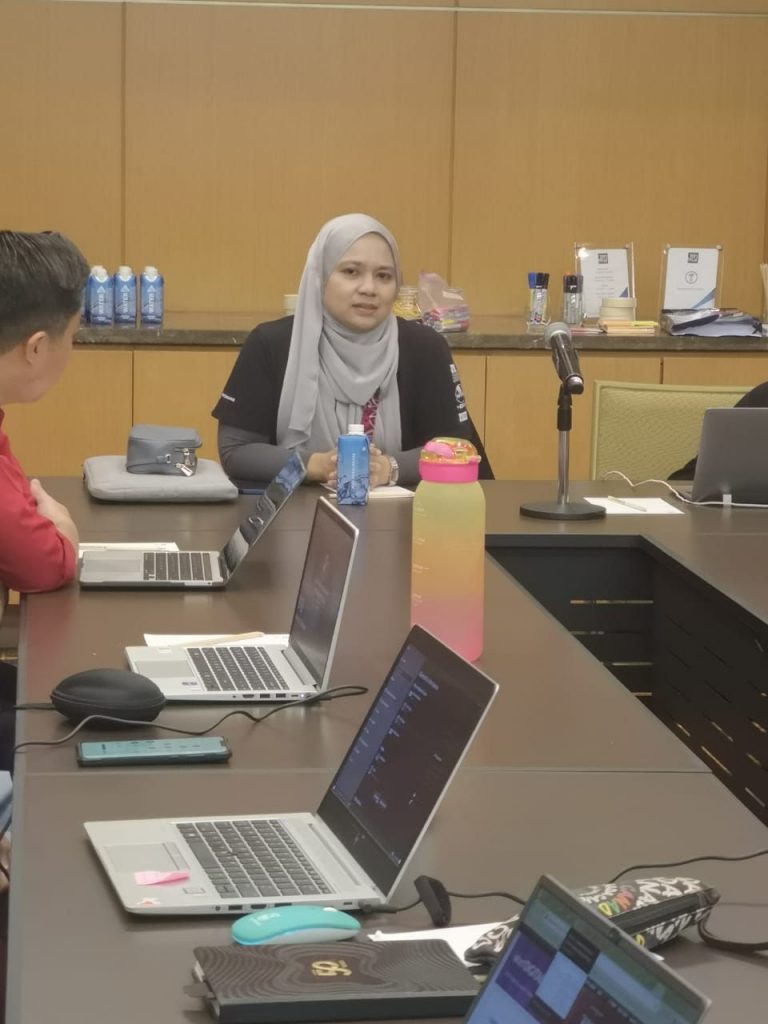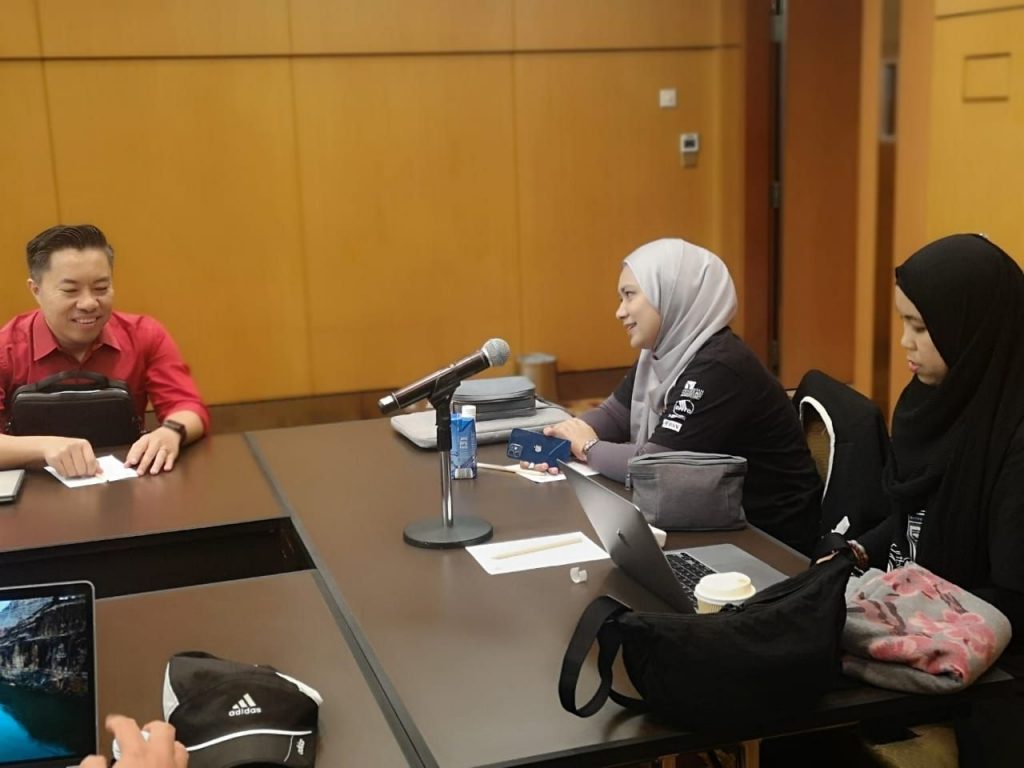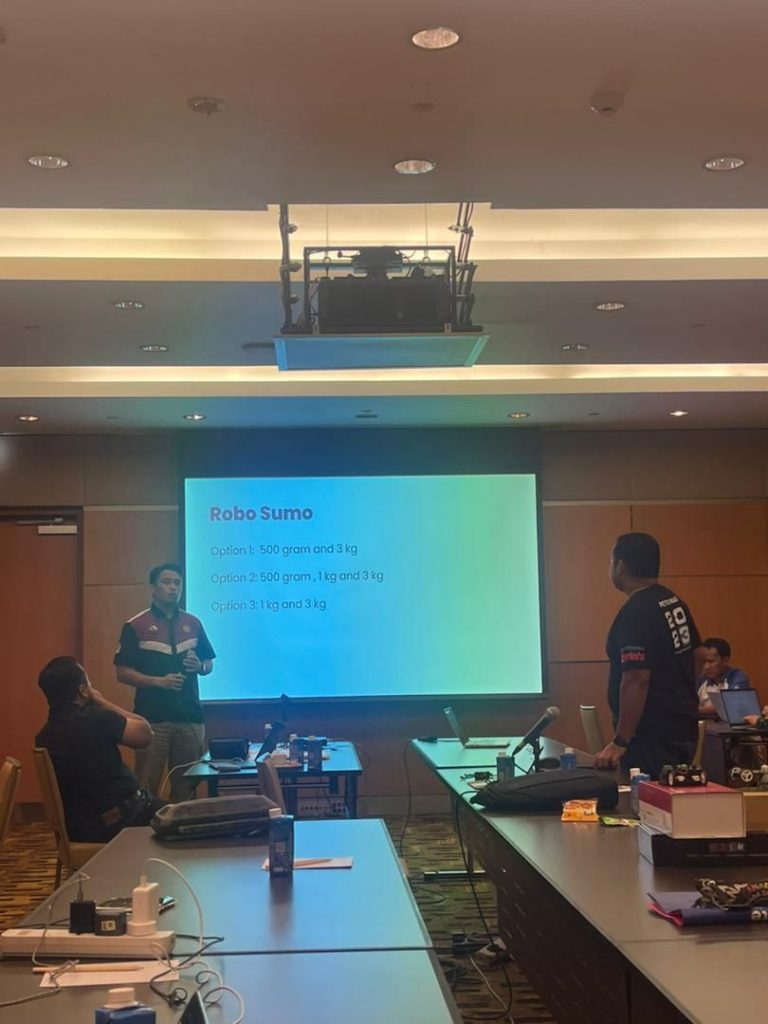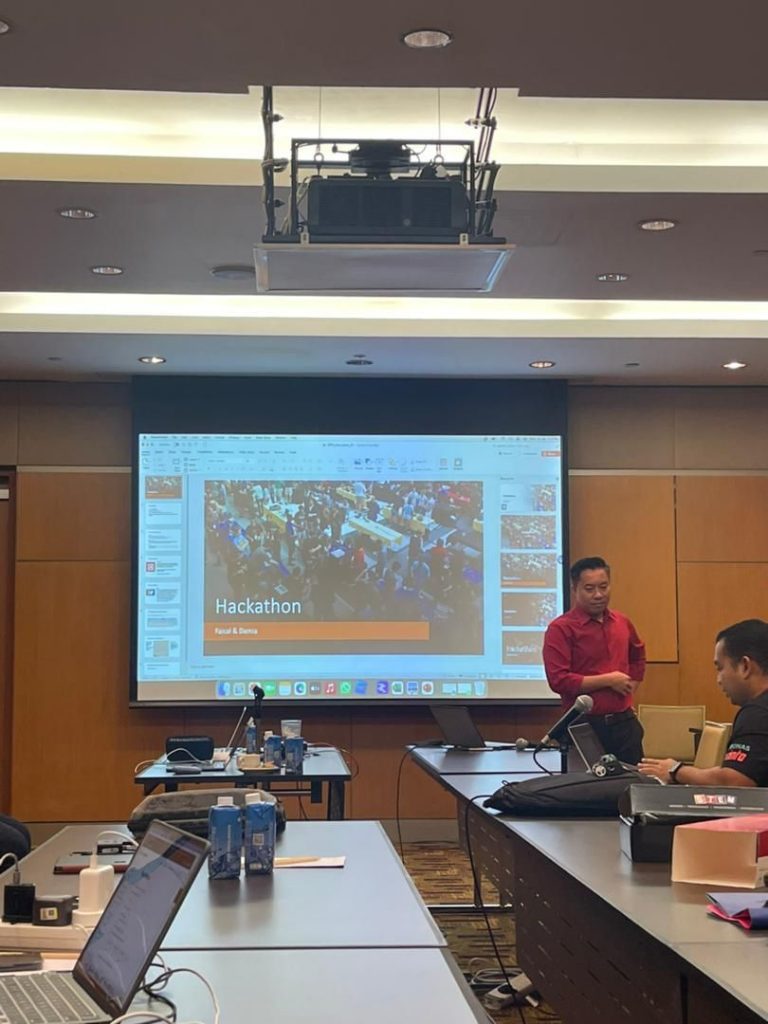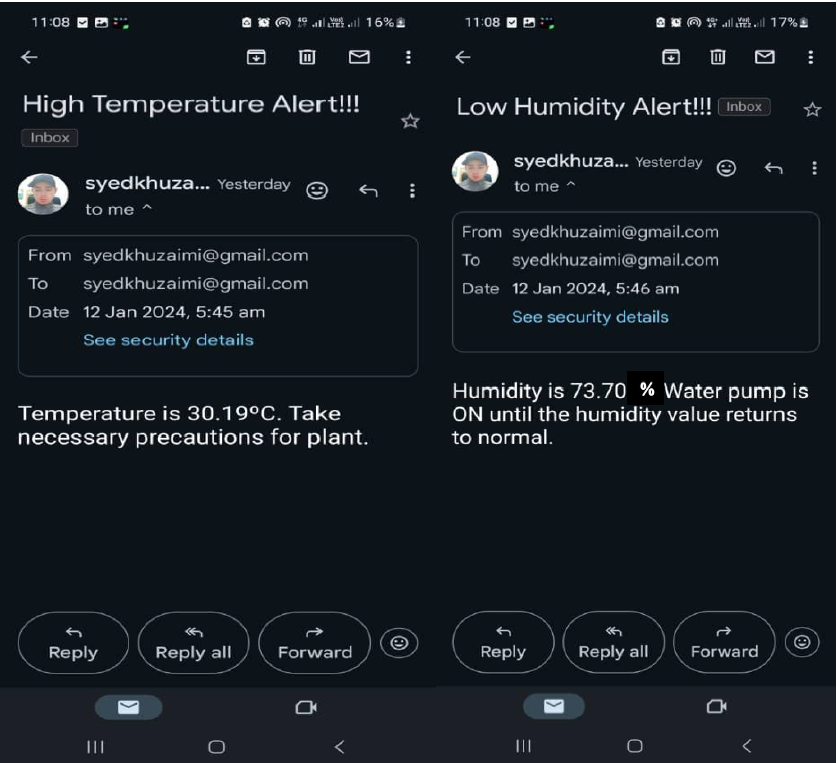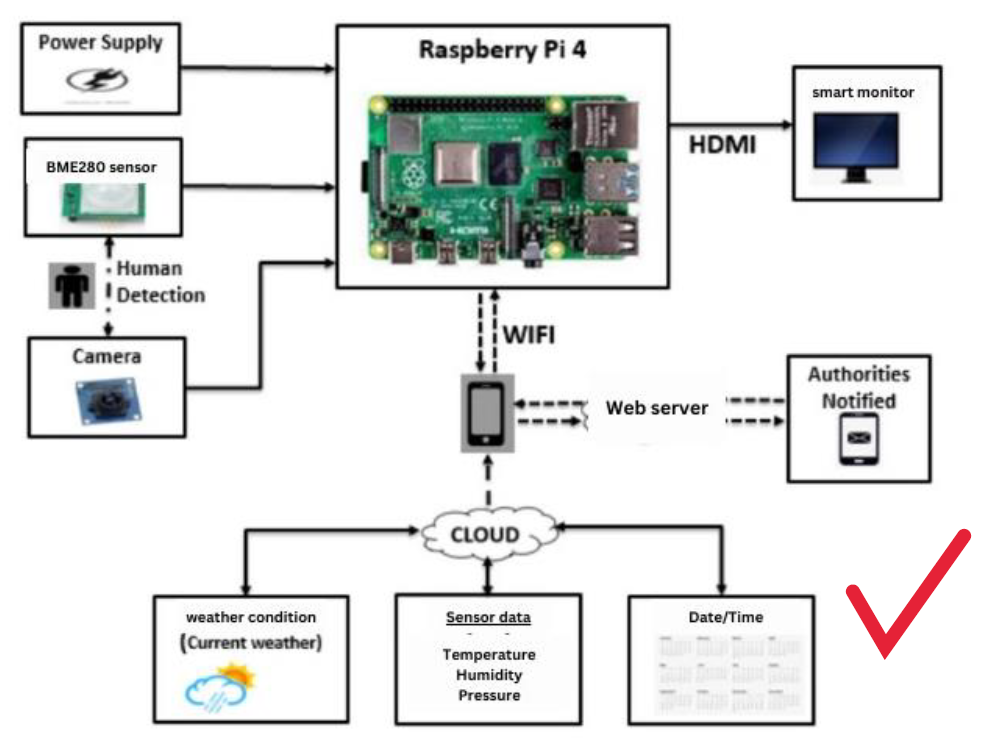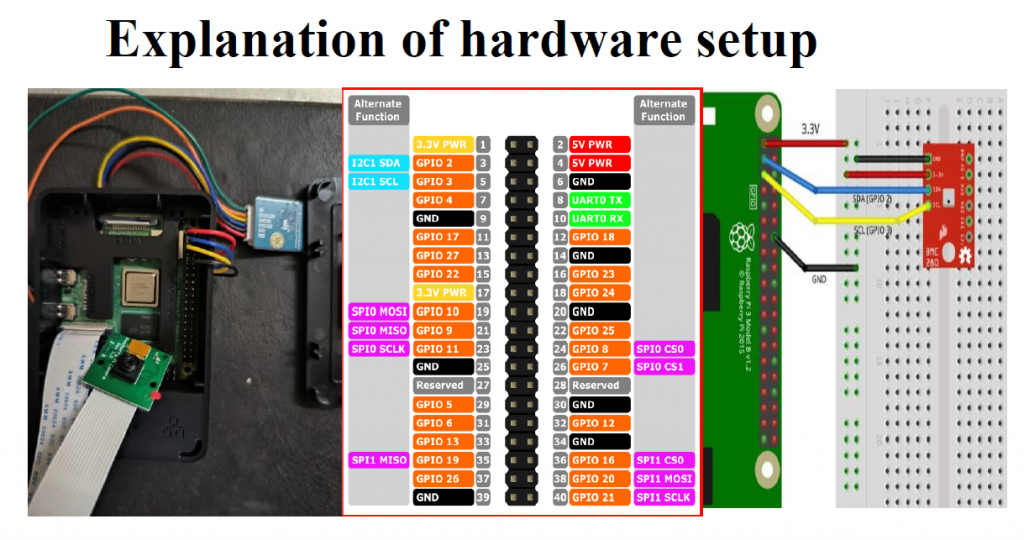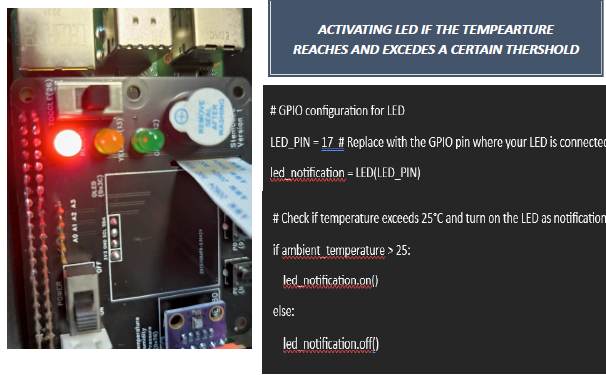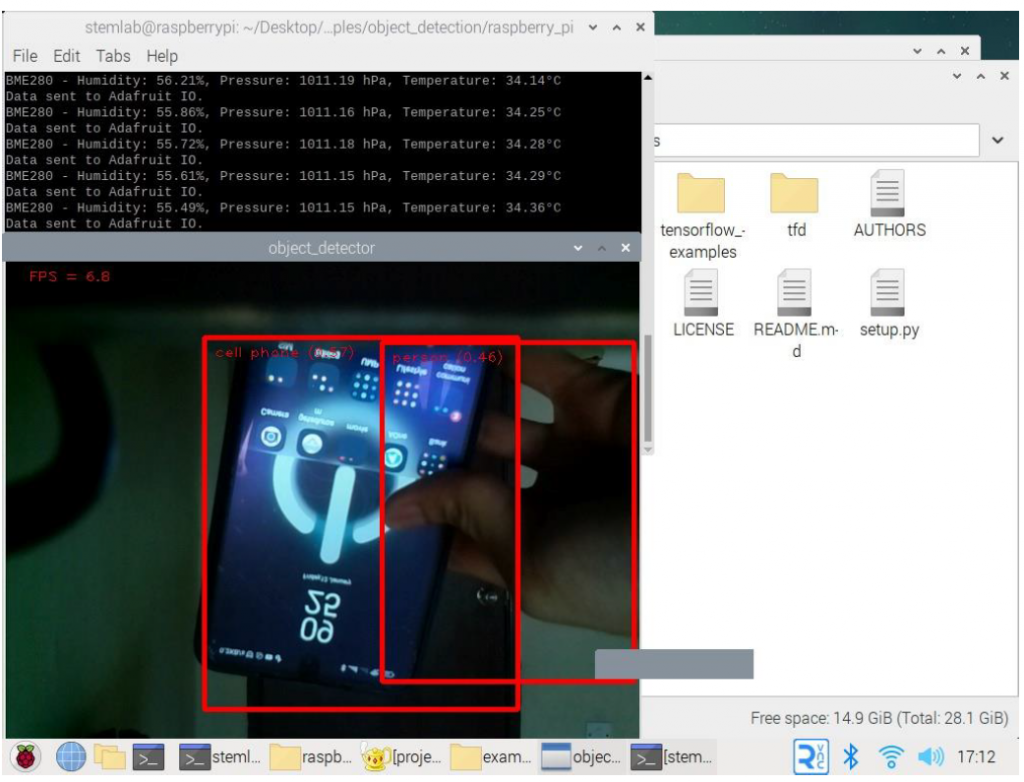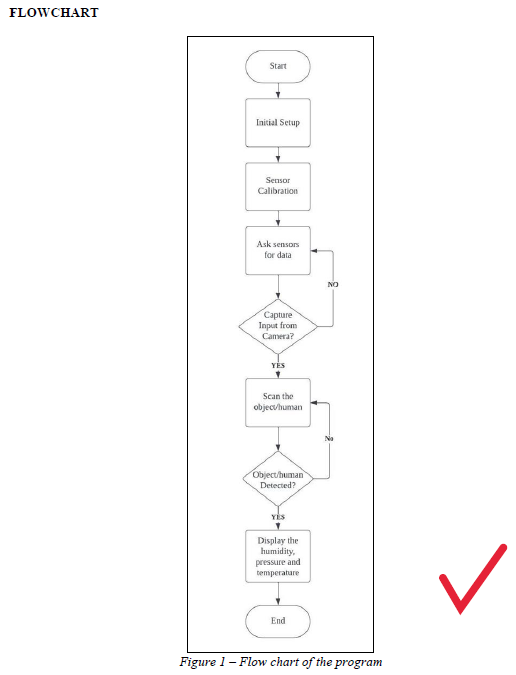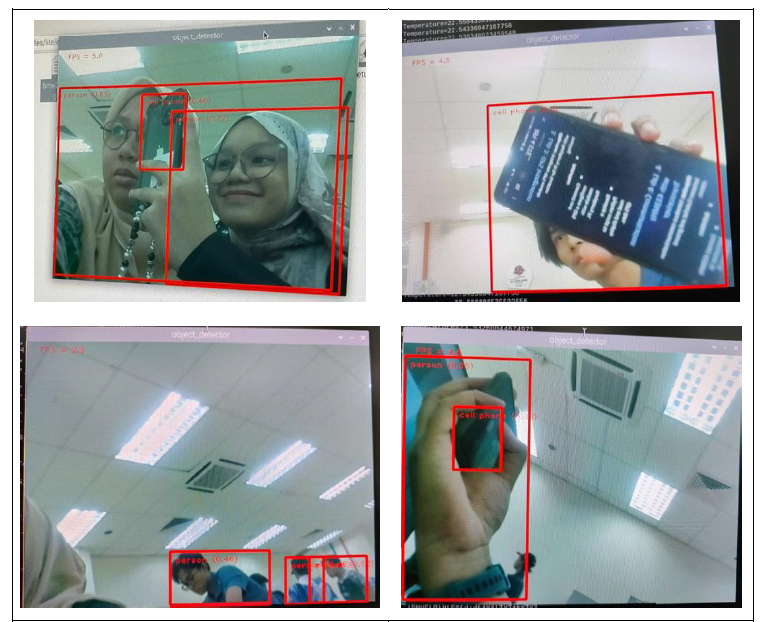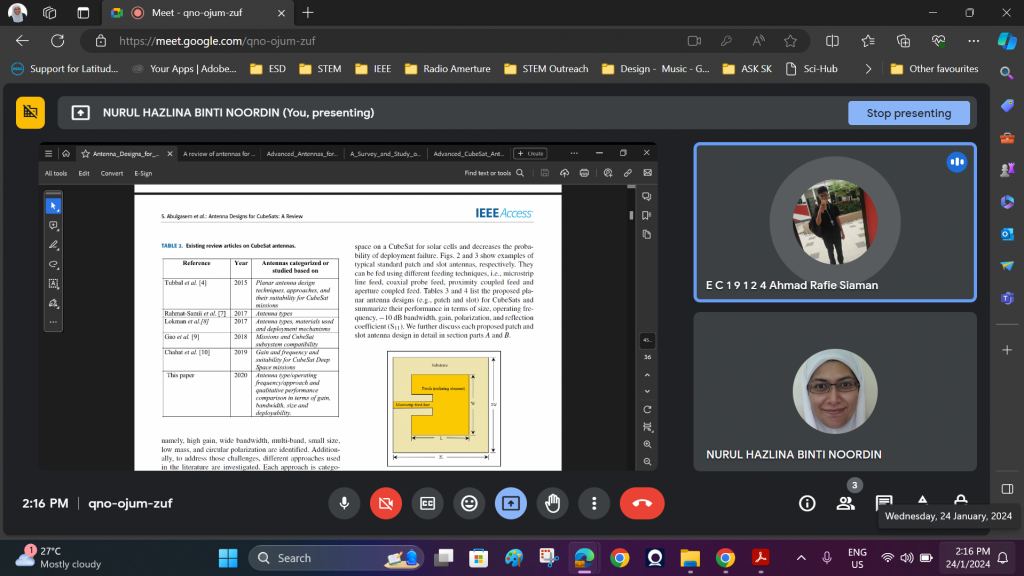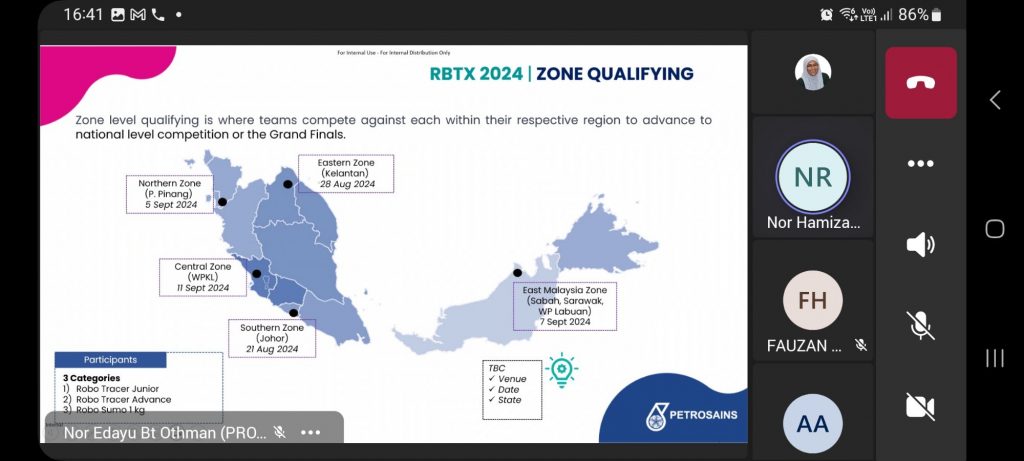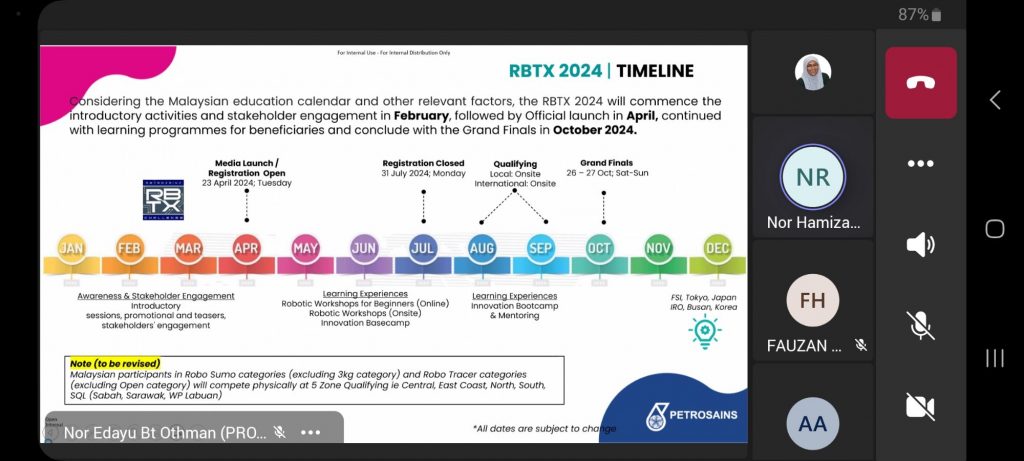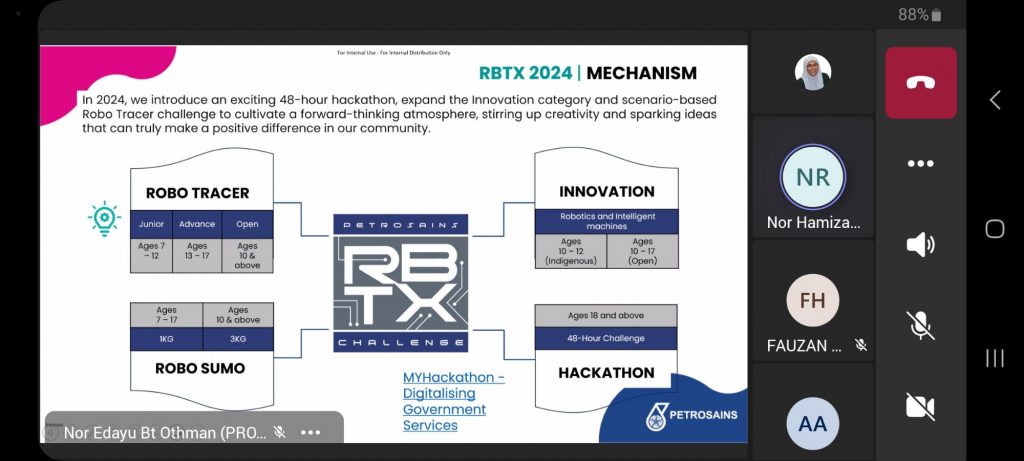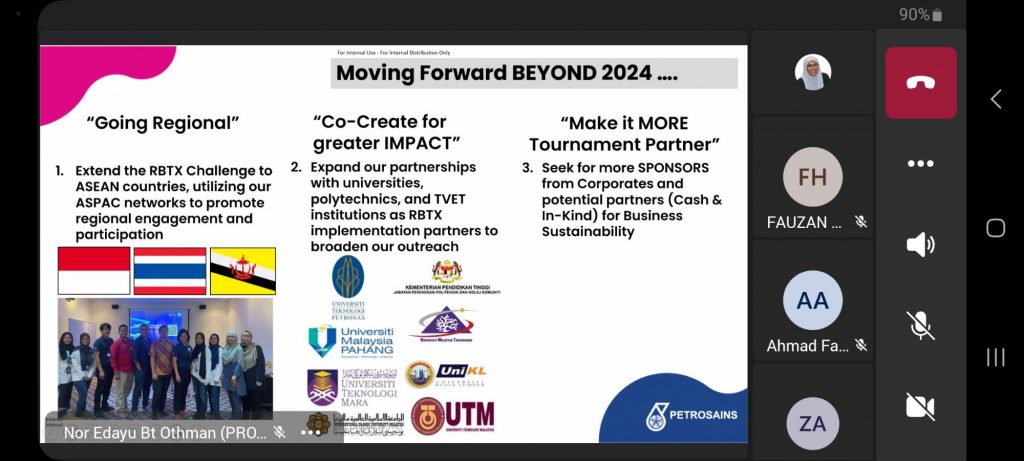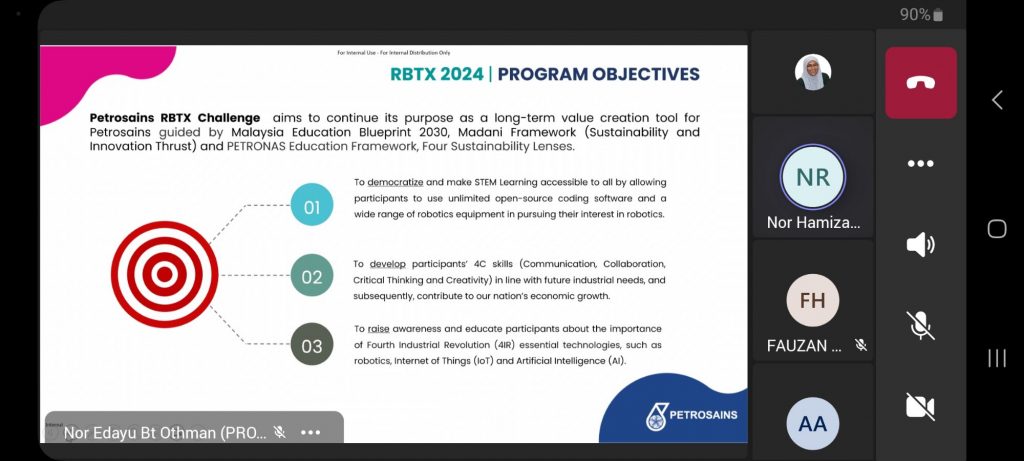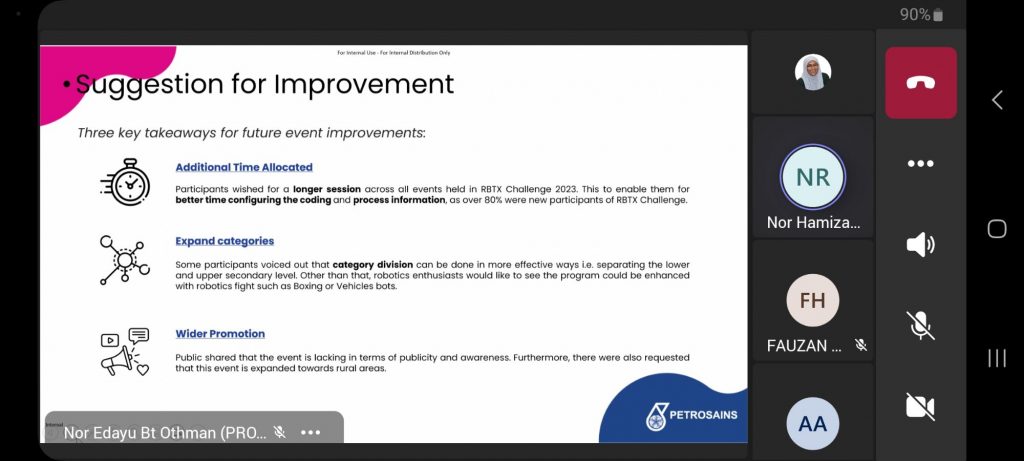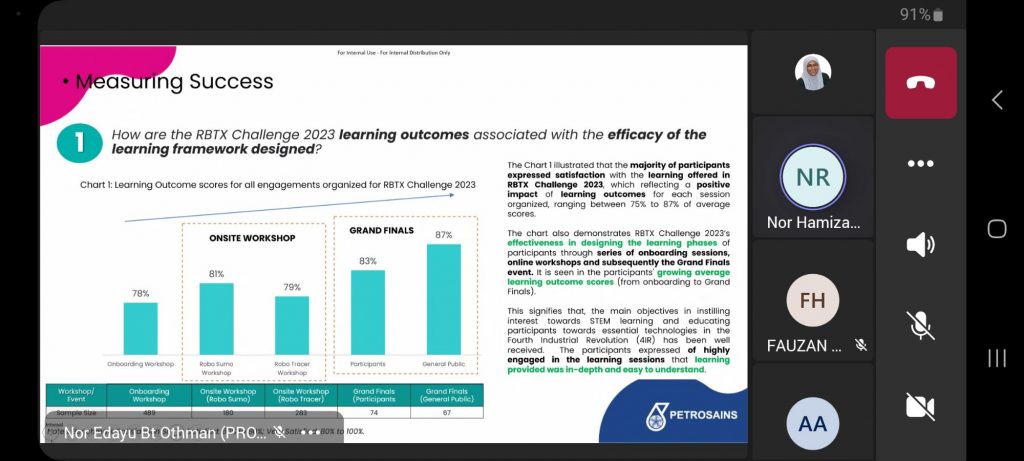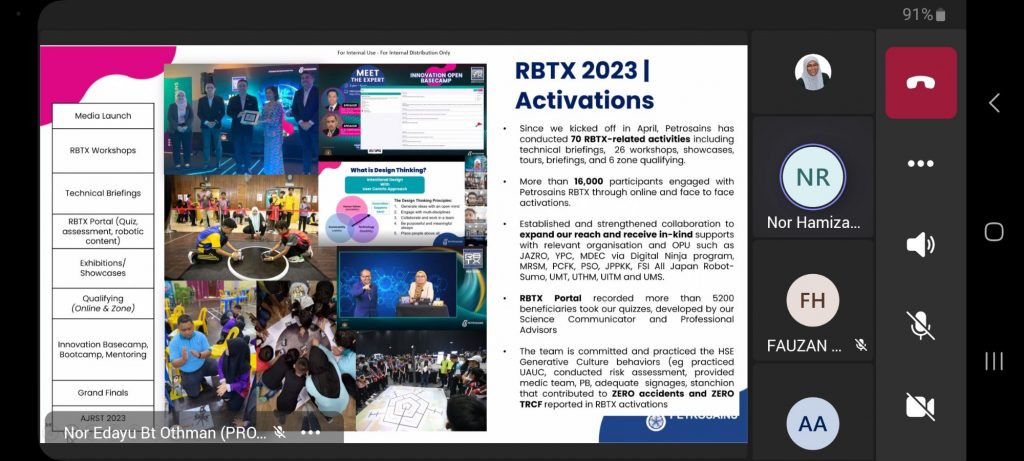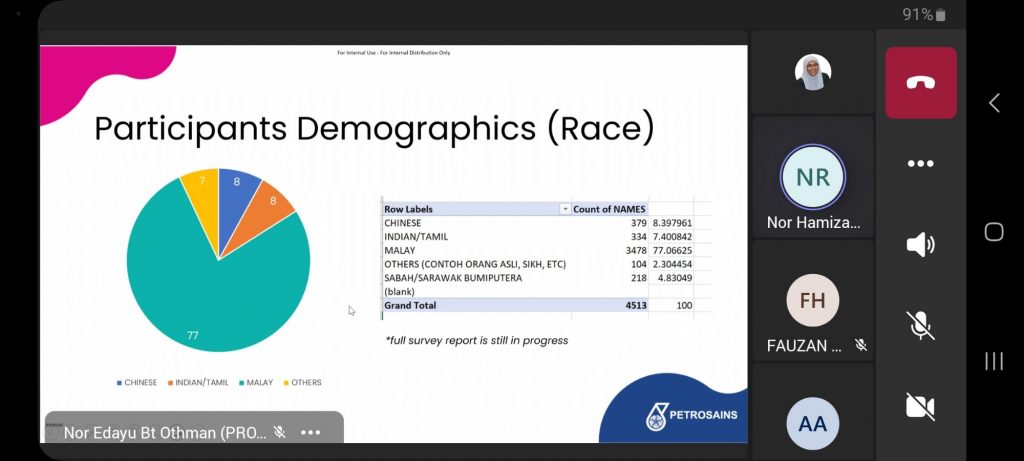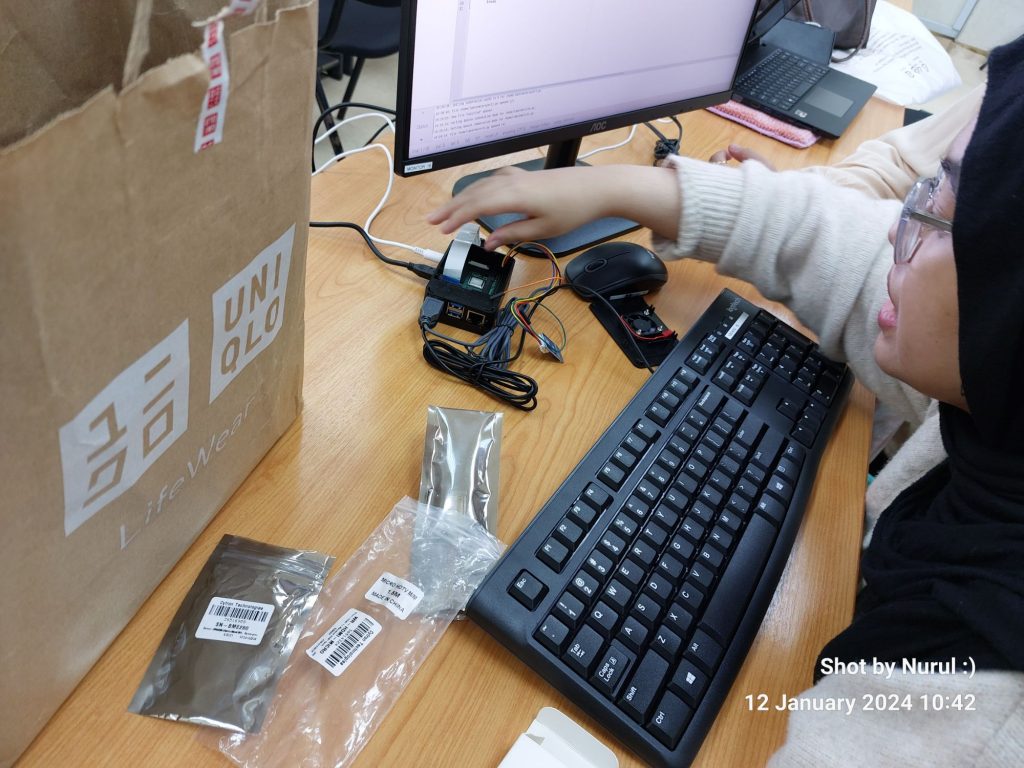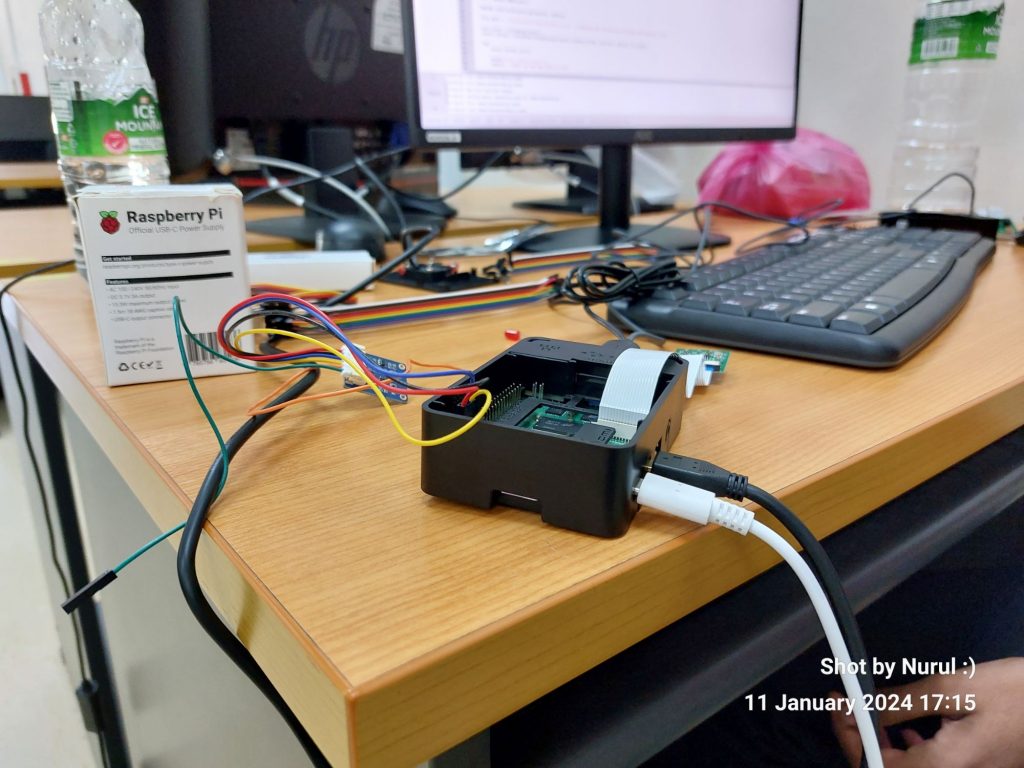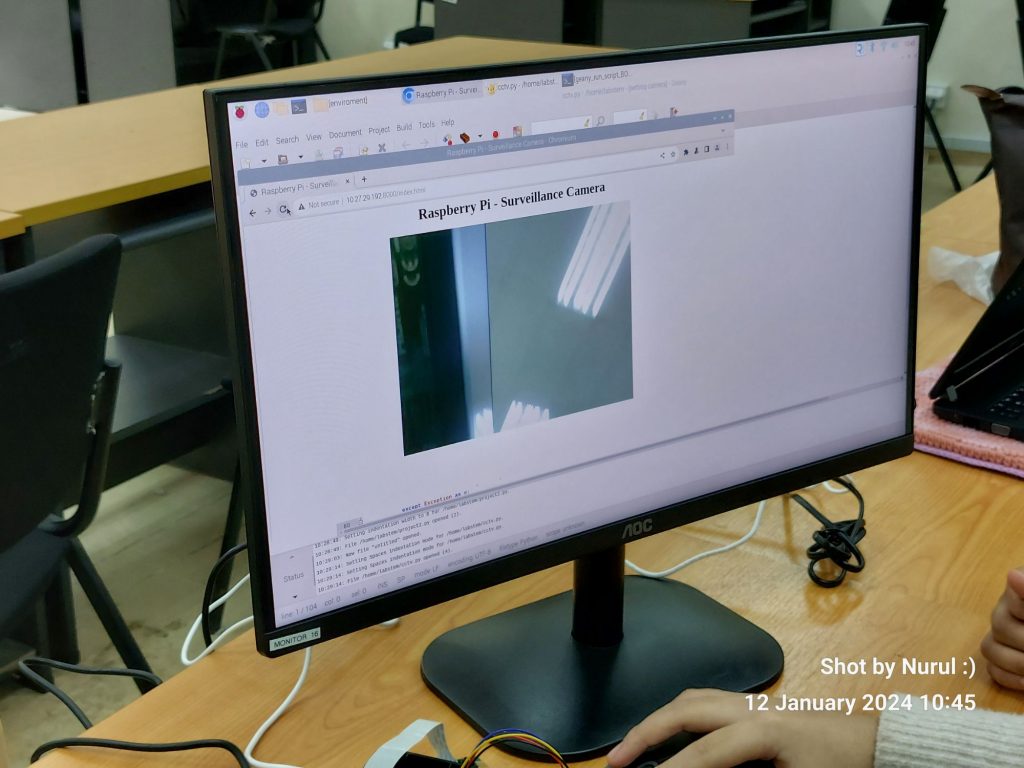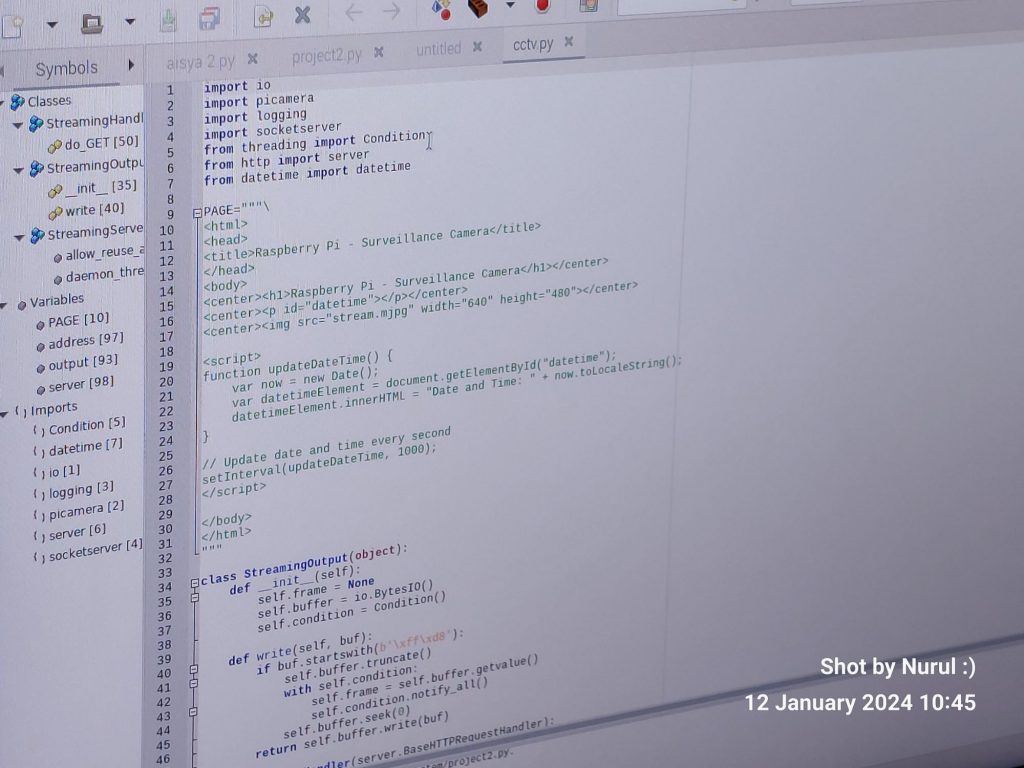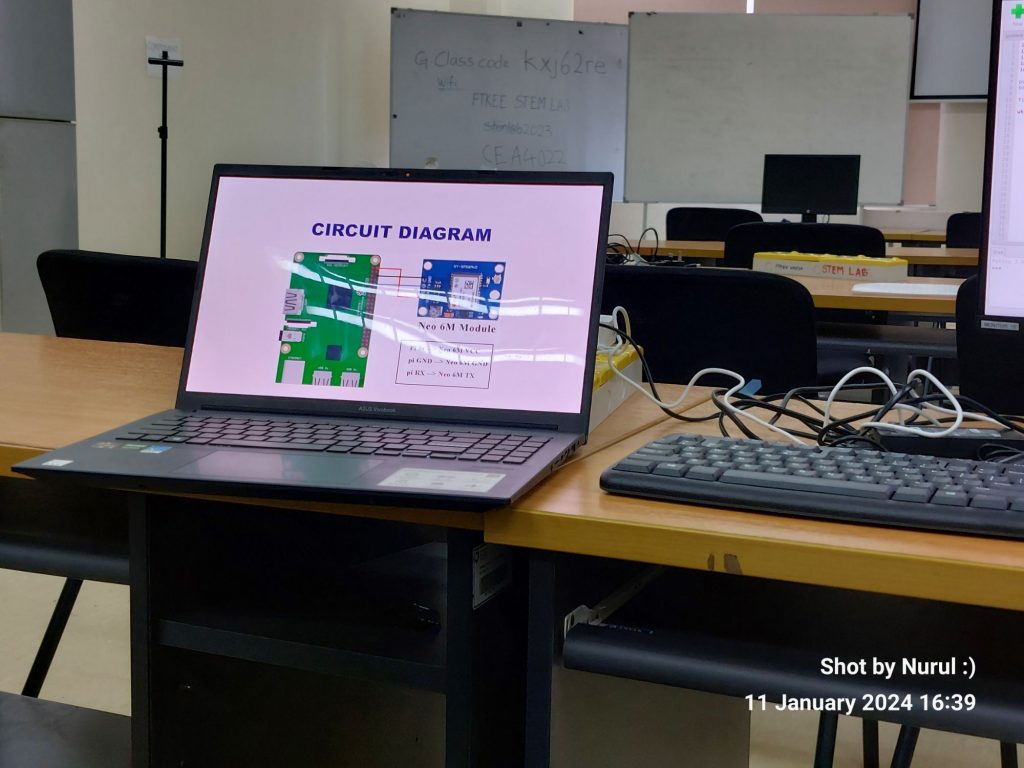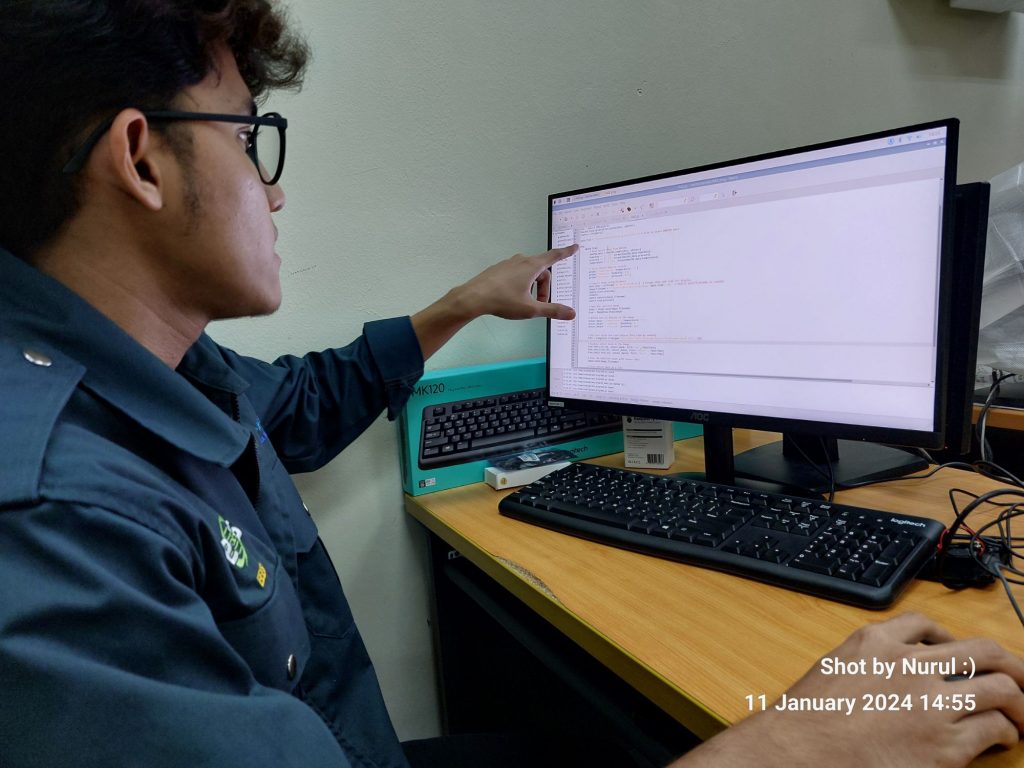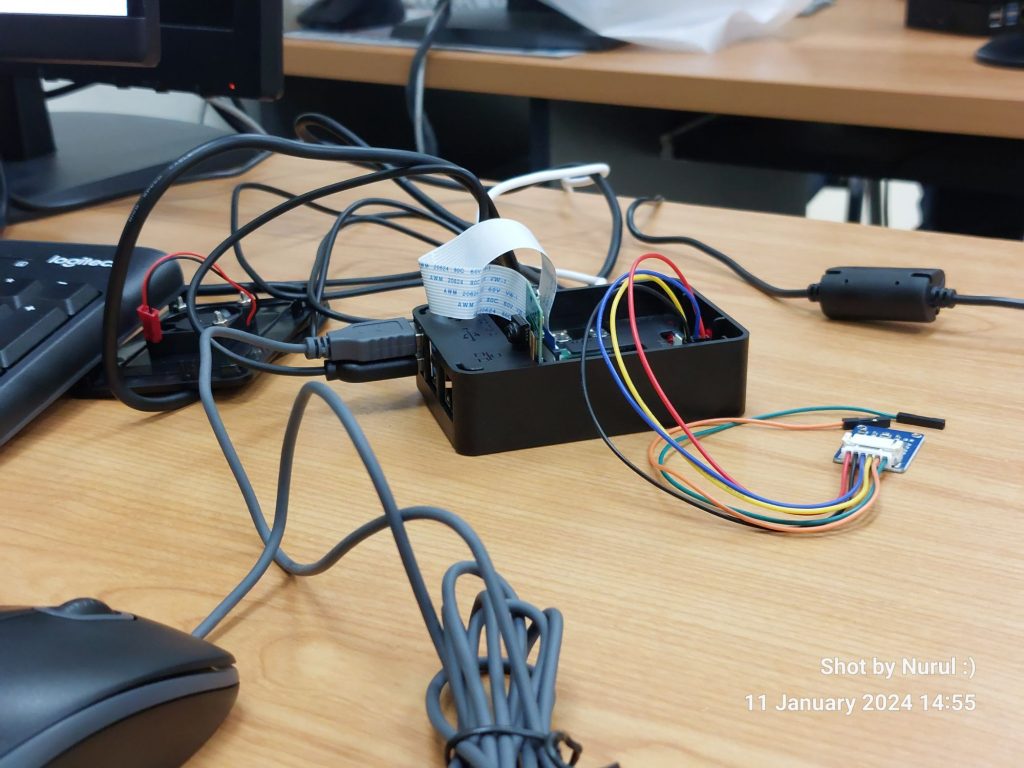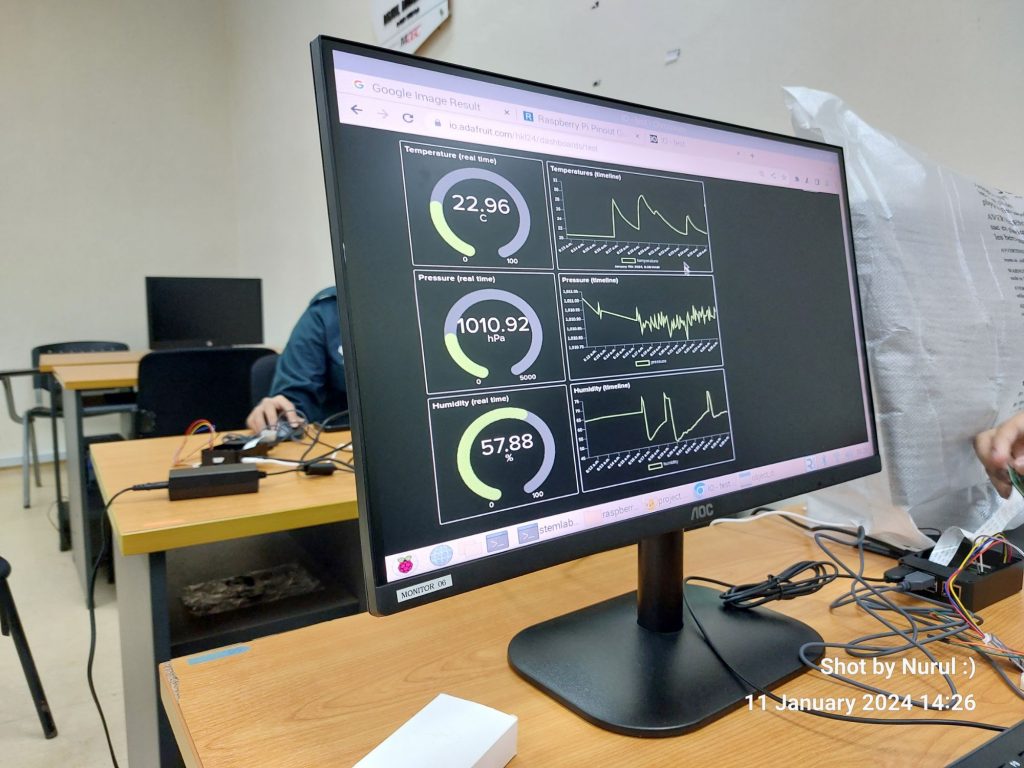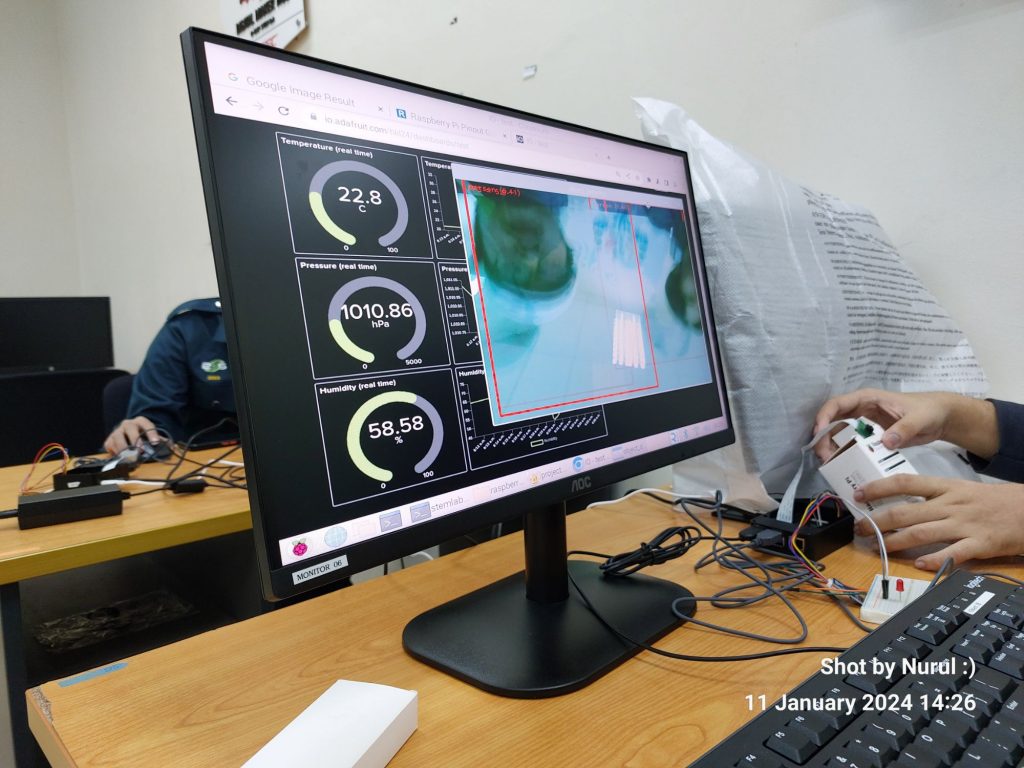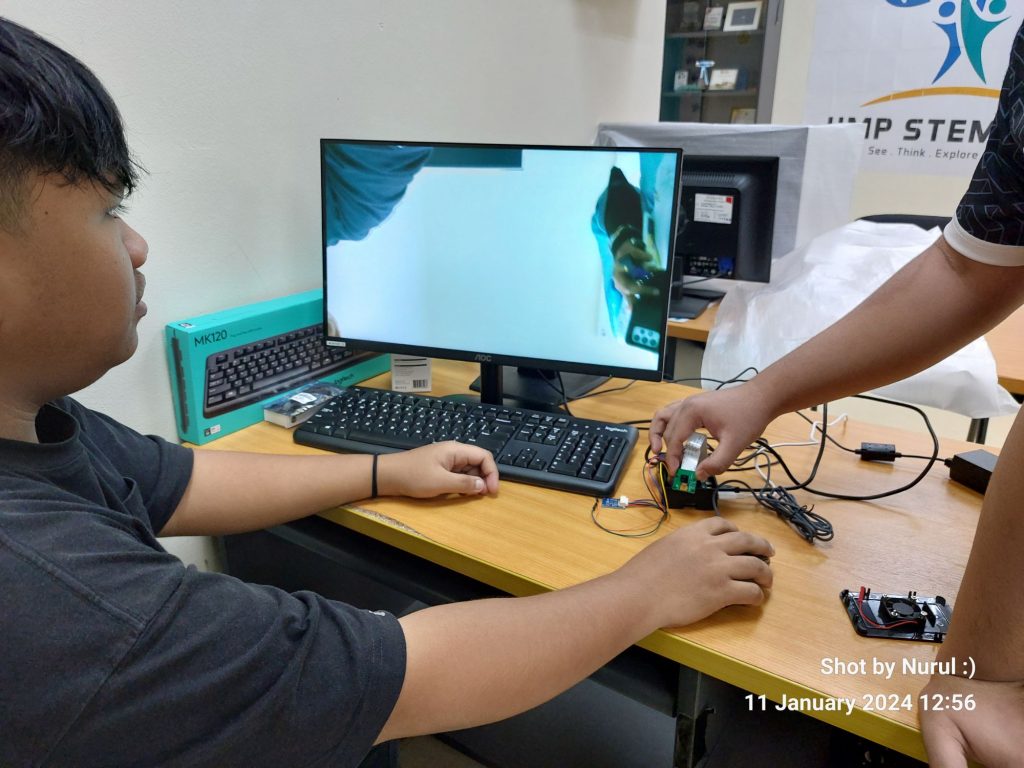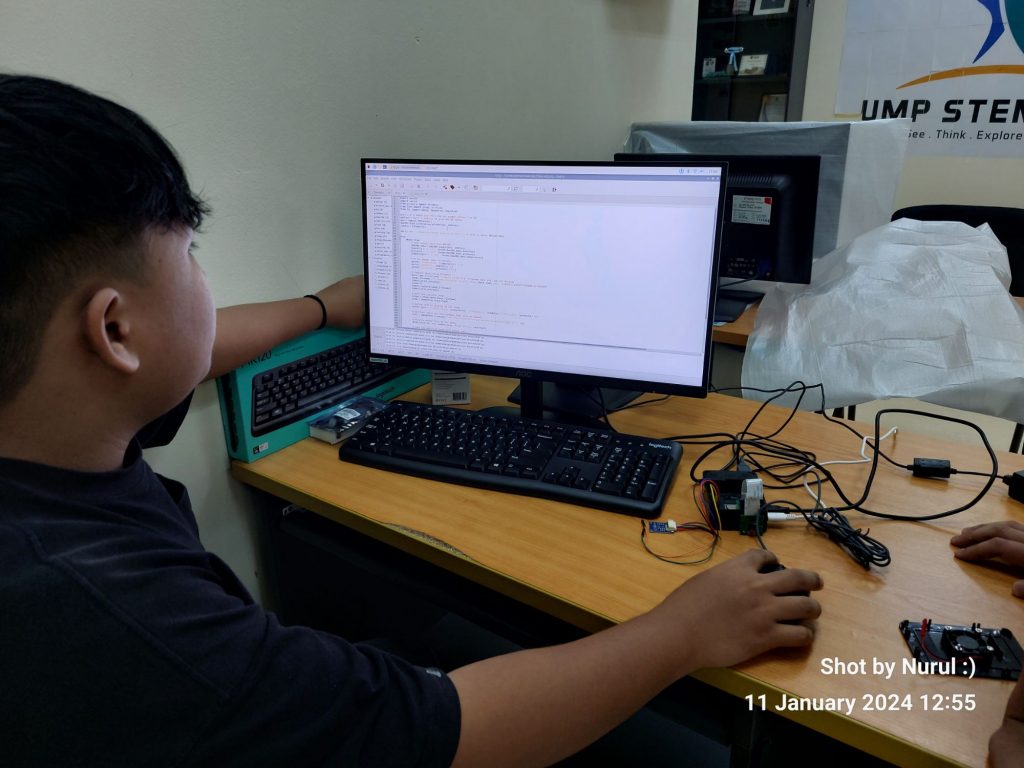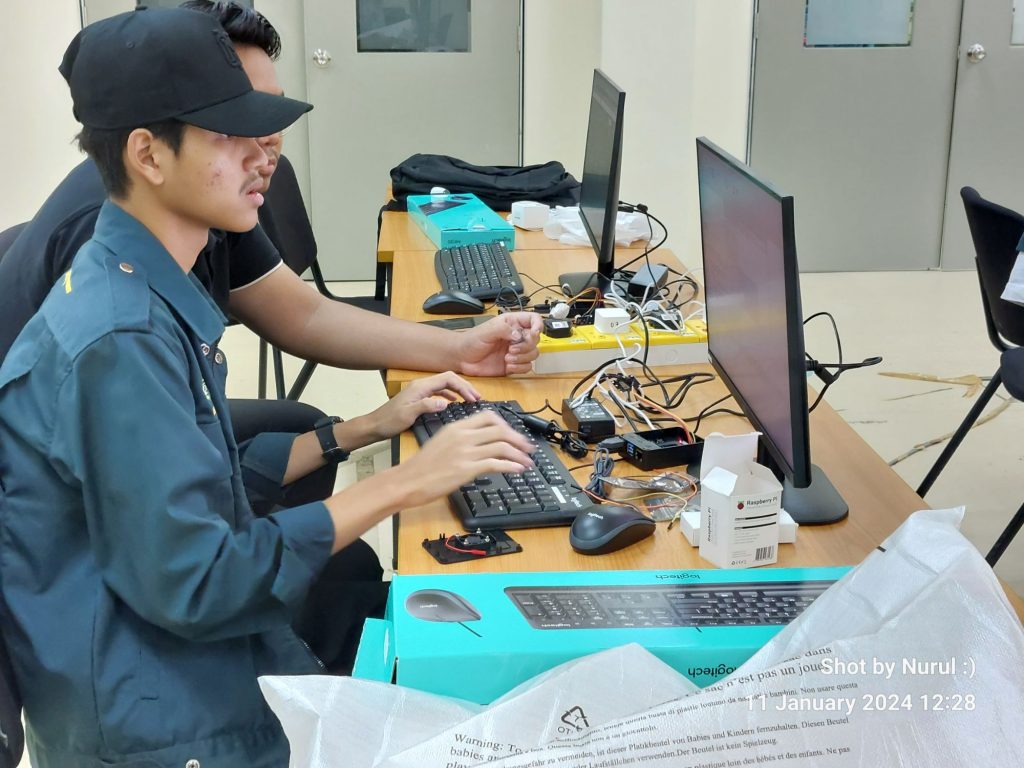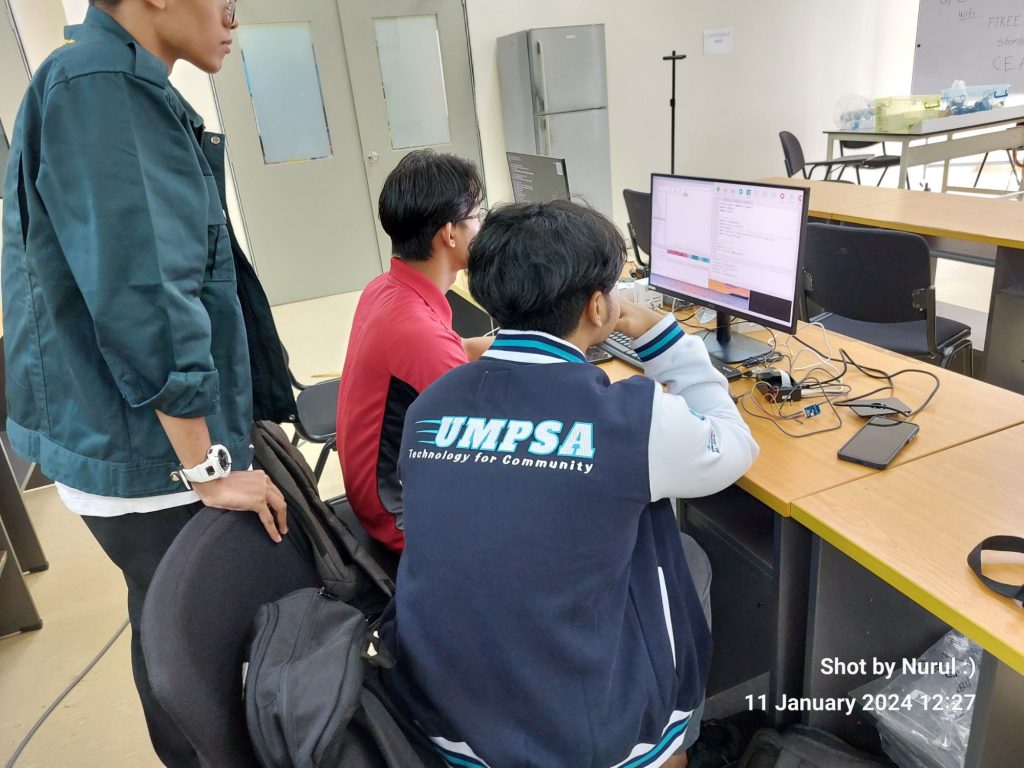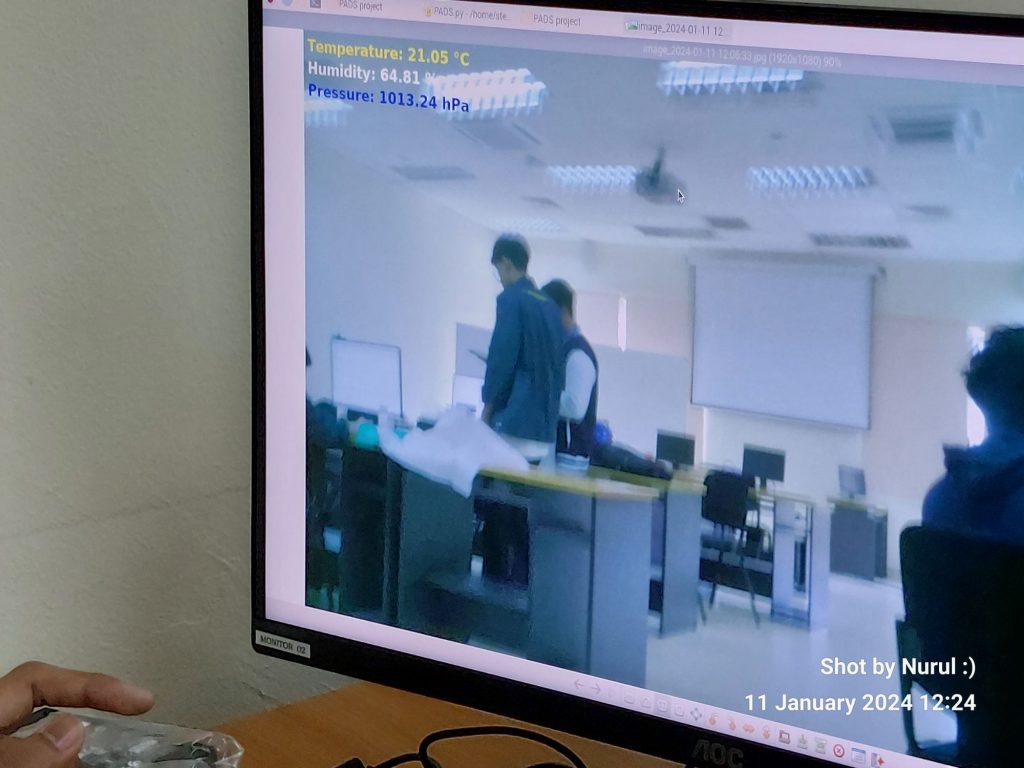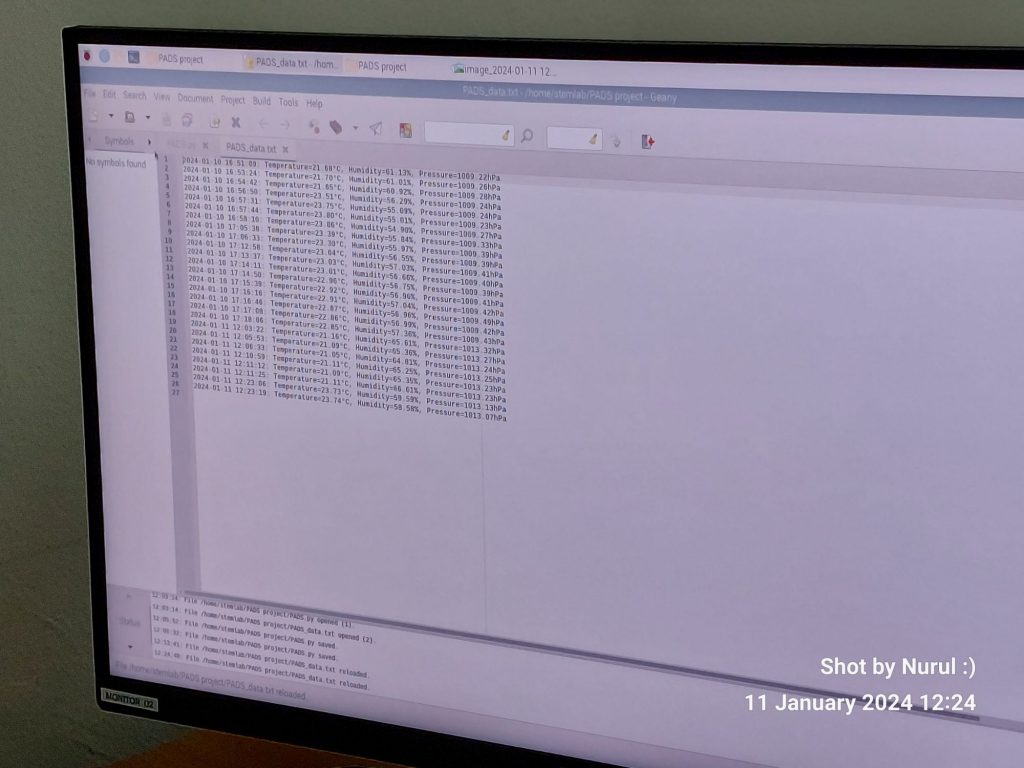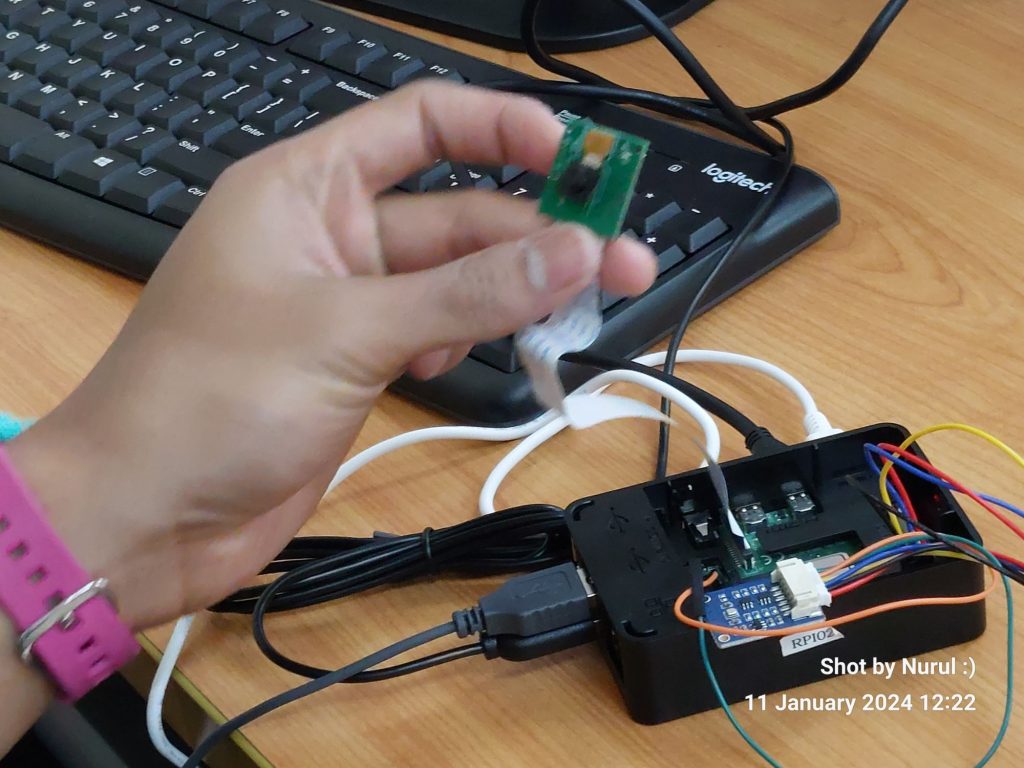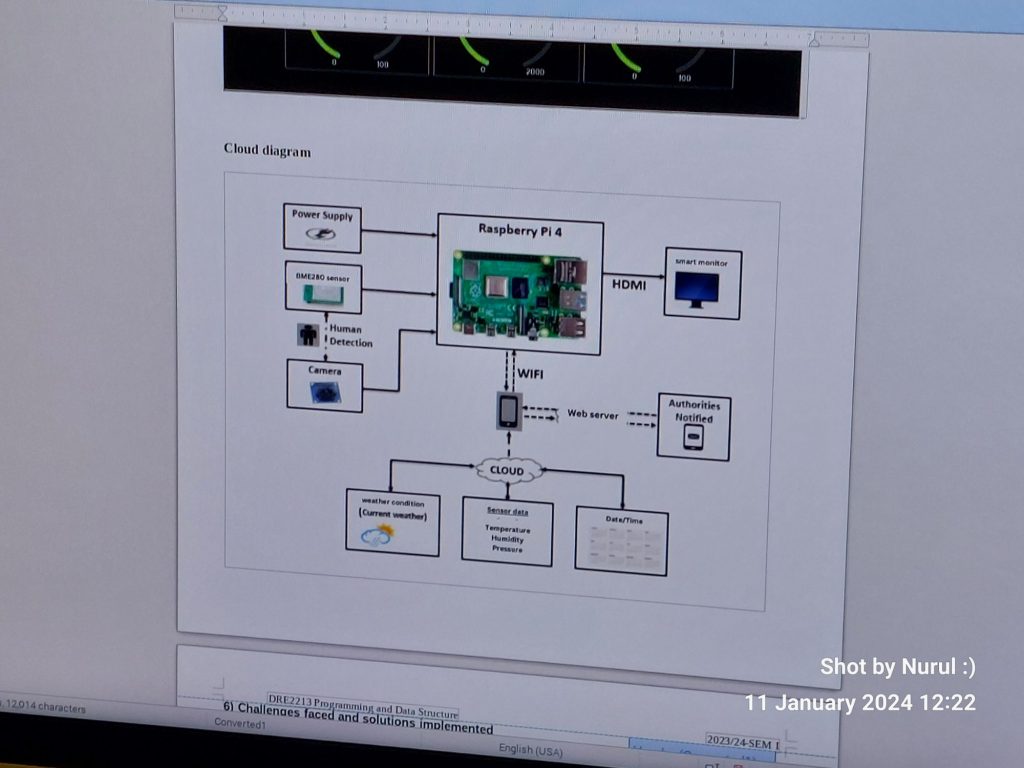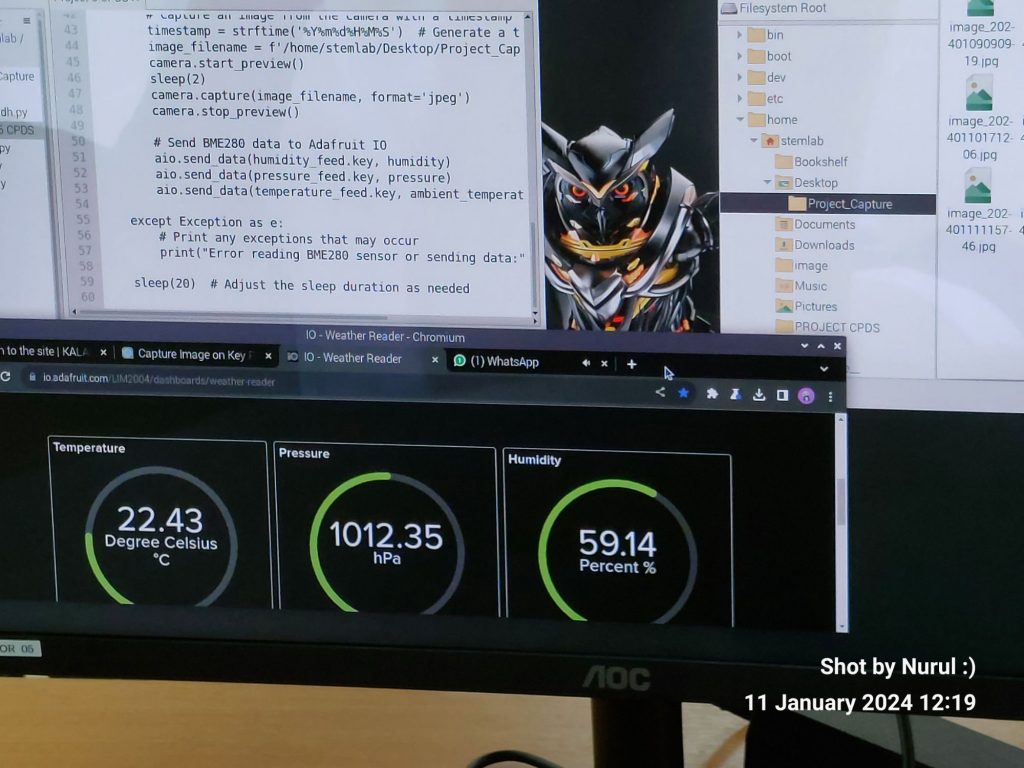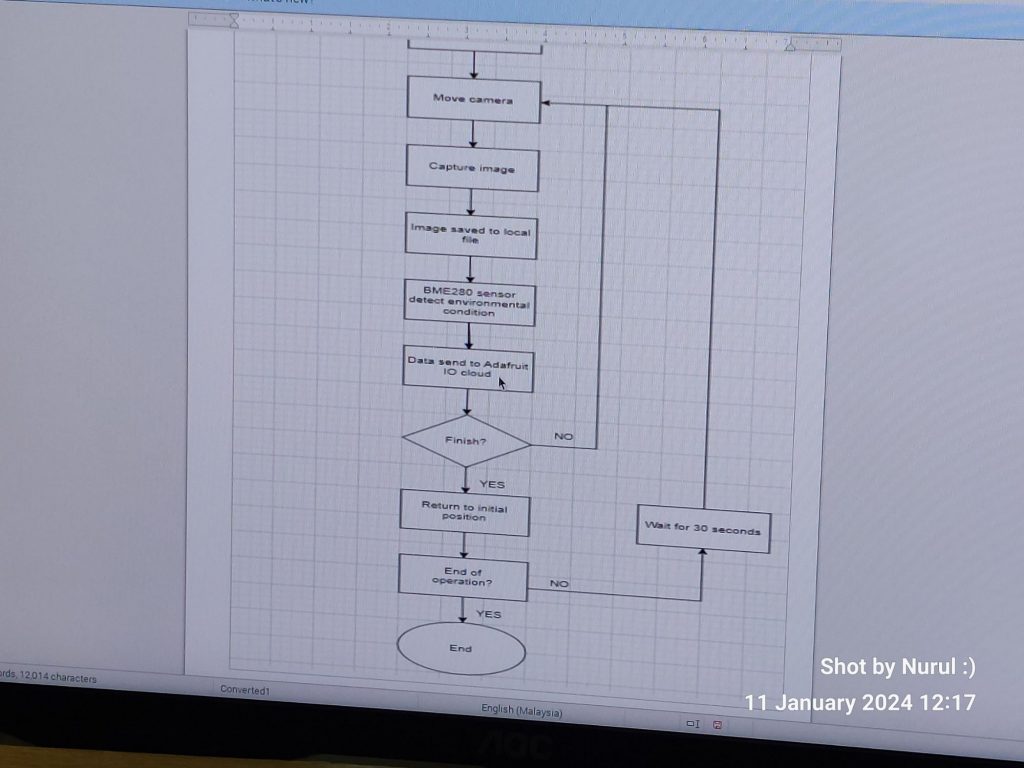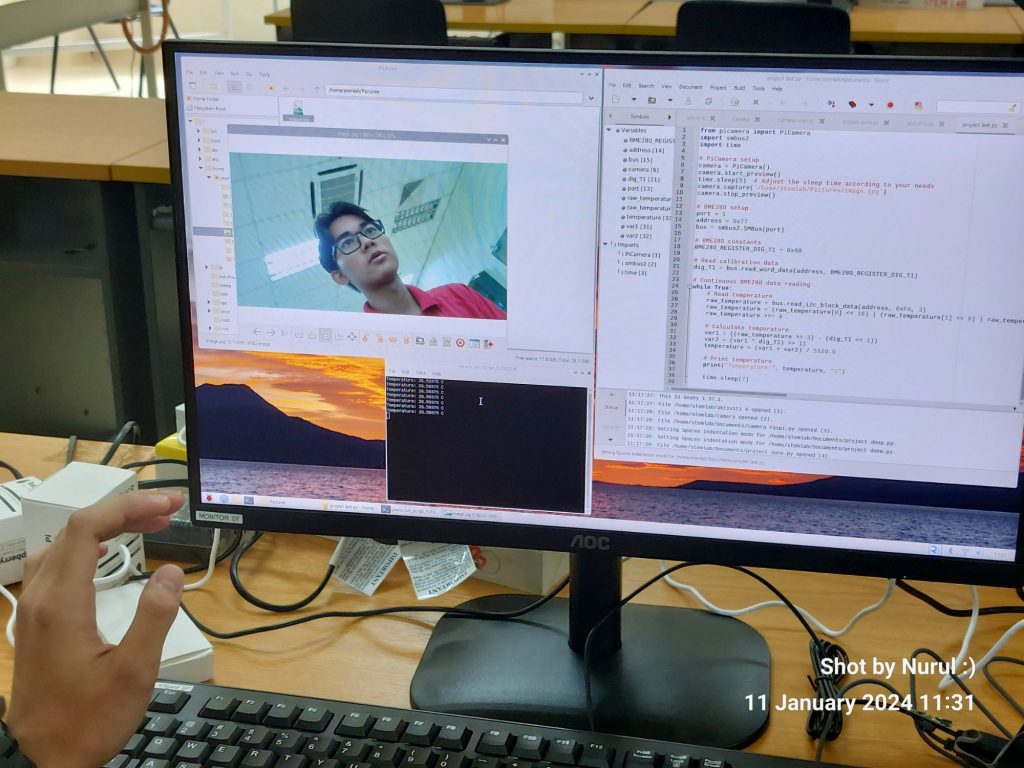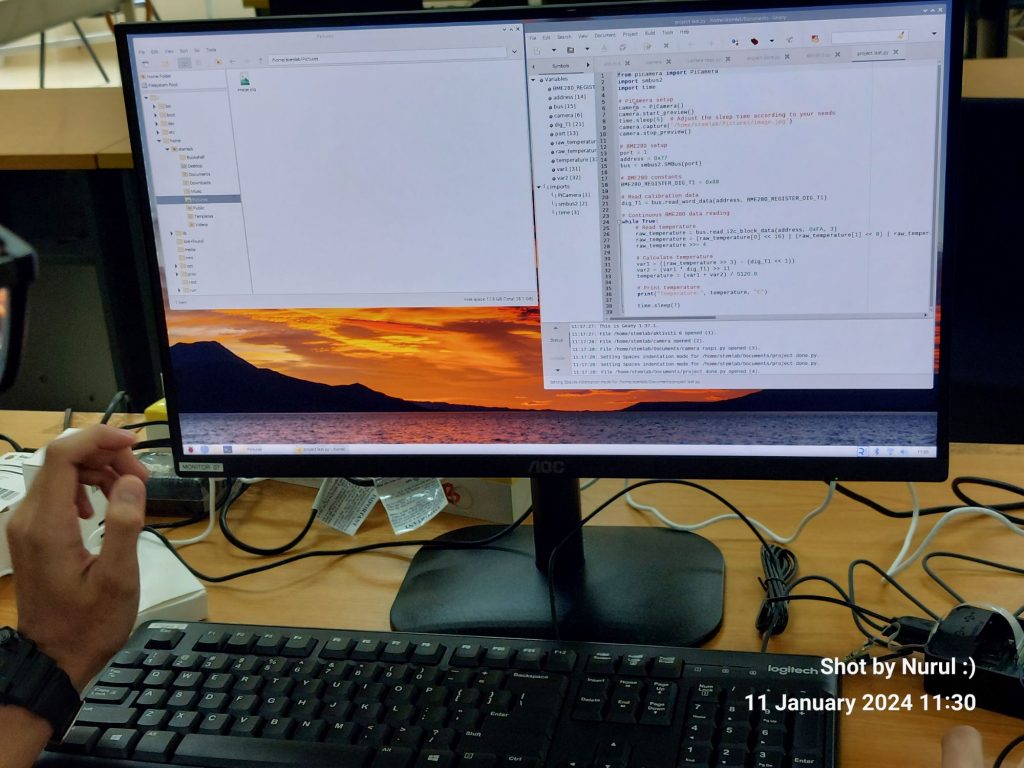We are thrilled to announce a new addition to the UMP STEM Lab for the 2024 program – the Eureka AI Sandbot! This Android-based robot, generously provided by Prof Esyin Chew from Eureka Robotics, Cardiff Metropolitan University, and the British Council, is set to revolutionize our approach to STEM education.
A heartfelt thank you extends to Prof Esyin Chew and the British Council for this transformative initiative. Their commitment to advancing STEM education is evident in the provision of the Eureka AI Sandbot. We are genuinely grateful for their vision and support, which enriches our learning environment and opens new avenues for our students.
This initiative is part of a broader collaboration between the University Malaysia Pahang AlSultan Abdullah (UMPSA) and Cardiff Metropolitan University. Both institutions have signed a Memorandum of Agreement (MOA) for a matching grant program, specifically directed towards STEM engagement. This program focuses on promoting programming and robotics activities among school children and teachers, aiming to enhance STEM education outreach.
The provision of the Eureka AI Sandbot to the UMP STEM Lab stands as a tangible outcome of this collaborative effort. We are proud to be part of a venture that not only enriches the educational experience within our institution but also extends its impact to schools and educators in the wider community. This partnership exemplifies the shared commitment of UMP and Cardiff Metropolitan University to fostering a culture of STEM engagement and excellence.
The collaboration, spanning from the PIE I Project and now extending to the PIE II Project, stands as a testament to the transformative power of partnerships in shaping the future of education and research. The provisions within the MoA underscore our joint commitment to advancing knowledge, fostering innovation, and creating opportunities for academic and personal growth.
In the PIE I Project, led by Assoc Prof Dr Anwar Majeed, our institutions joined forces in joint publications and grant applications, showcasing the synergy that arises when two entities collaborate with a shared vision. As we transition into the PIE II Project, our expectations are high for further achievements in inspiring young minds, supporting B40 students, and contributing to the development of a dual-PhD program in Robotics.
UMPSA is steadfast in being an active participant in this collaboration, and as we witness the signing of this agreement, we are reminded of the responsibilities that come with shaping the educational landscape of tomorrow. Our commitment extends not only to the academic community but also to the broader society, contributing to the empowerment of women in STEAM-H and embracing the principles of media and information literacy.



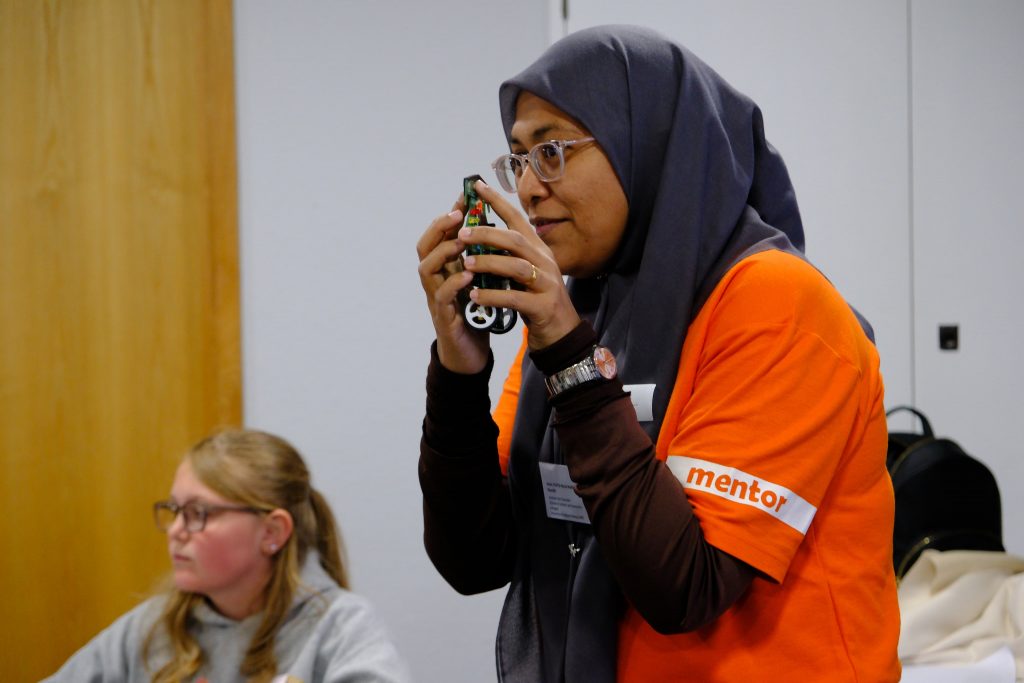
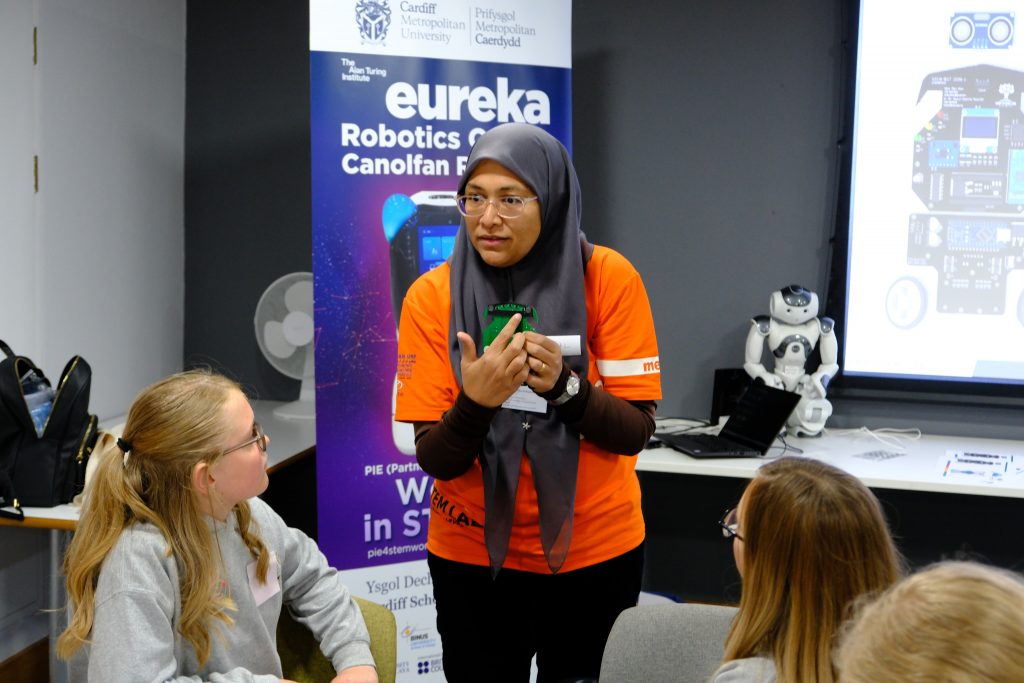
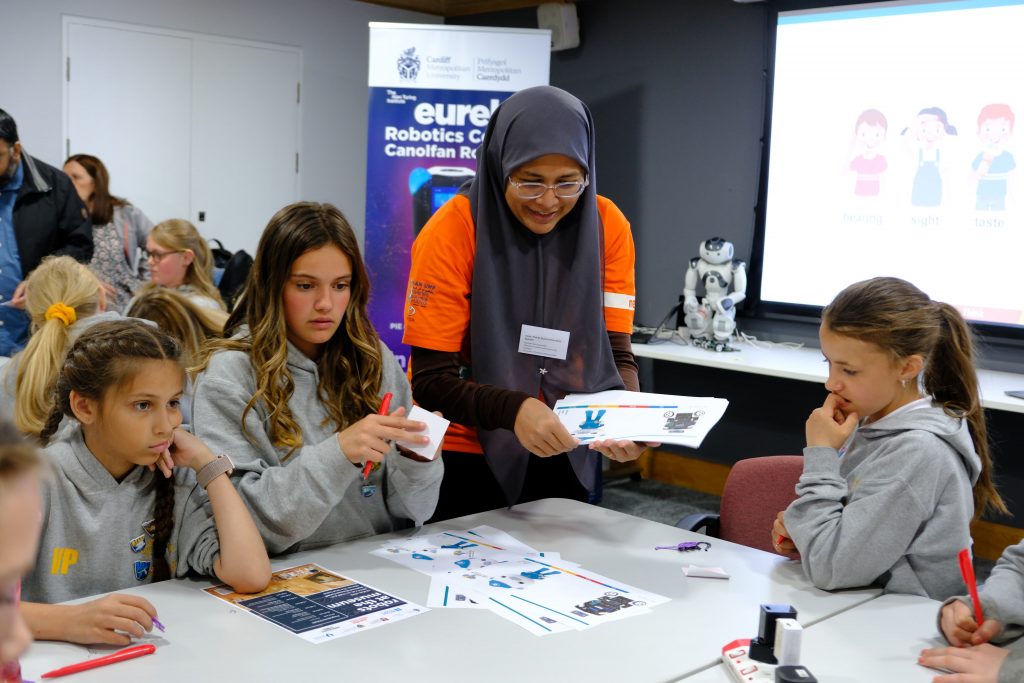
UMPSA’s commitment to international community service, as outlined in our strategic objective 6, is demonstrated through initiatives like our Robot Literacy Program. In May 2023, UMPSA engaged with 25 schoolgirls from Berry Island Primary School at the National Museum in Cardiff, impacting technology and STEM engagement. This initiative exemplifies our dedication to bringing the international experience back to our local community. The program aimed to empower young minds with technological literacy and spark an interest in STEM fields. Our engagement with these school girls not only bridged cultural gaps but also fostered a global perspective on the possibilities that technology and STEM education offer.
Subsequent to this, in August 2023, an intellectual discourse roundtable session was organized. The event, hosted in the Faculty of Electrical and Electronics Engineering Technology at UMPSA, convened 72 primary and secondary school teachers from across Pahang State.
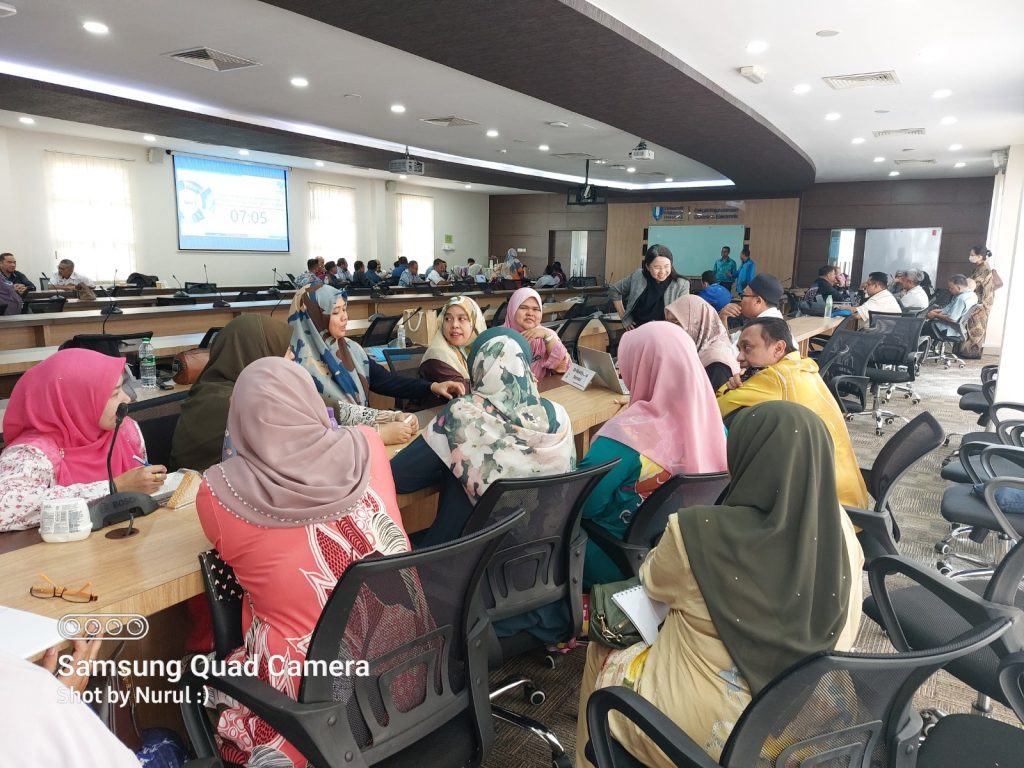
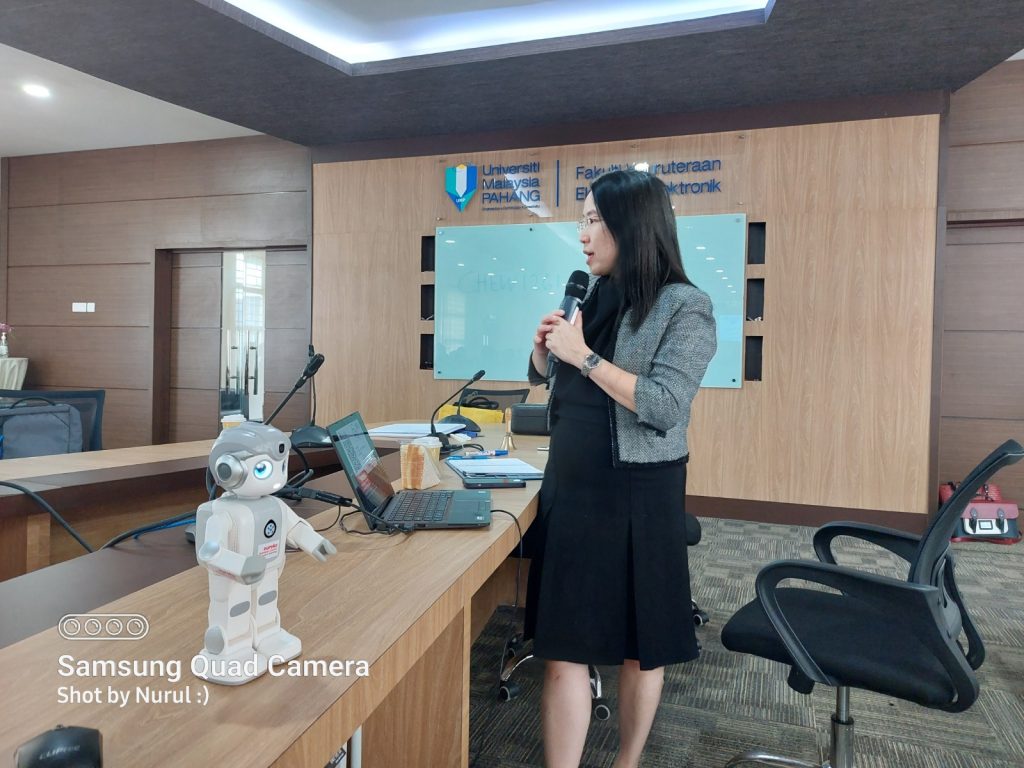
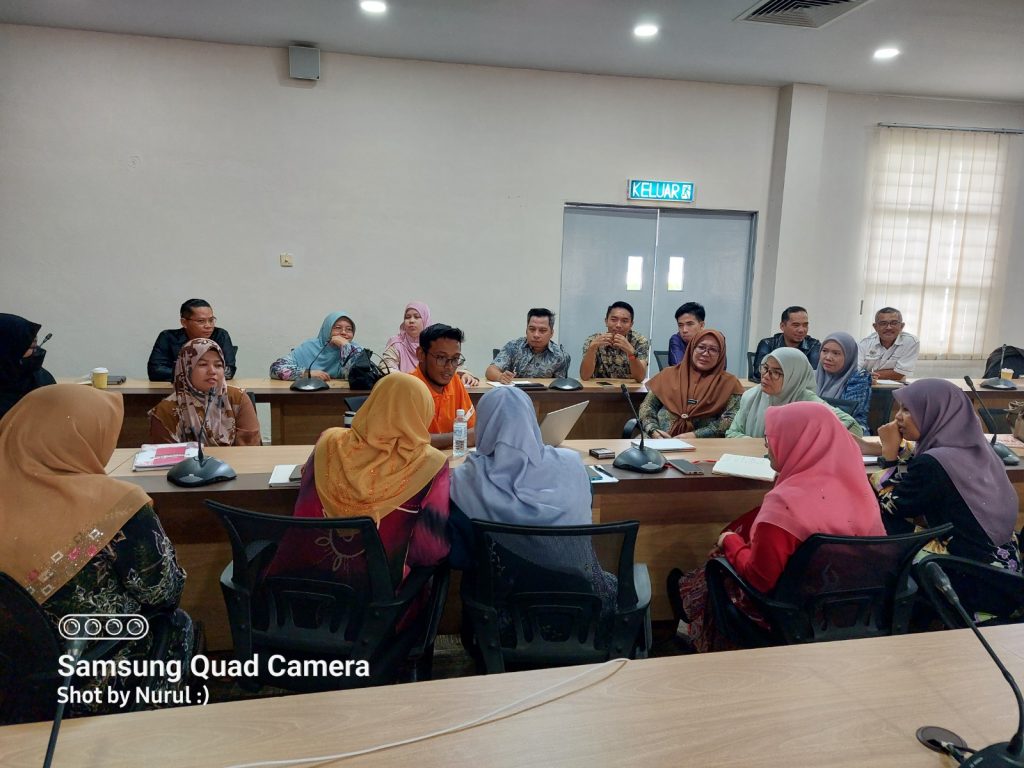
This roundtable session stands as a collaborative initiative involving CMU, the British Council, UMPSA, and the Jabatan Pendidikan Negeri Pahang. It took the form of a thought-provoking discussion titled “Empowering the Future: Digital Making Skill Sets in STEM Education,” bringing together educators for a meaningful dialogue.
The roundtable discussions delved into key aspects of teaching digital making. Educators openly shared experiences and insights, addressing challenges such as diverse student skill levels, resource barriers, and the integration of traditional and tech-driven teaching methods. The roundtable on charted the way forward for digital making education. Not only it explored future trends and technologies but also placed significant emphasis on professional development opportunities, fostering partnerships, and developing infrastructure to enhance the effectiveness of digital making education.
The arrival of the Eureka AI Sandbot is not just a technological milestone; it is a motivator in the world of STEM. This Android-based robot will serve as an extrinsic motivator for our students, allowing them to see, touch, and interact with cutting-edge technology during their STEM activities. As students engage in robot literacy and programming classes, the Sandbot becomes more than just a tool – it becomes an inspiration for their STEM journey.
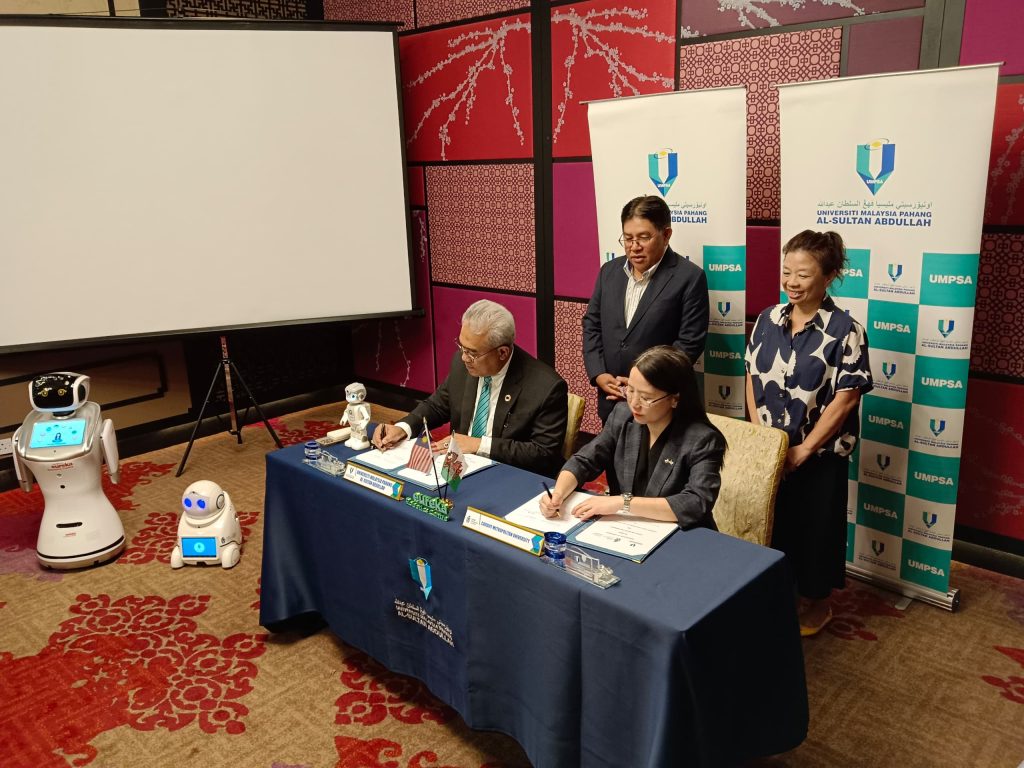
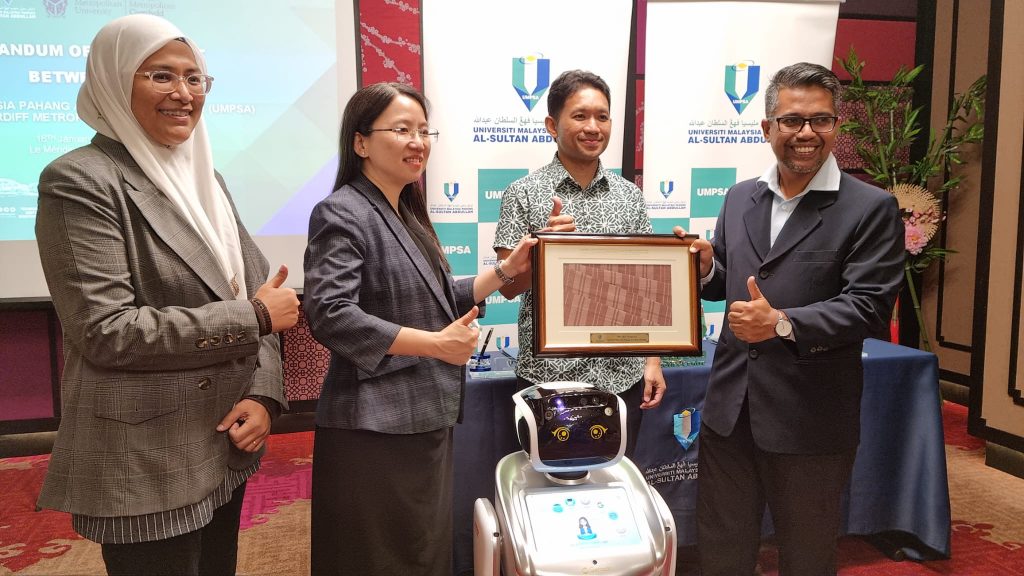
In the UMP STEM Lab, we believe in the power of hands-on learning. The Eureka AI Sandbot provides a tangible platform for students to explore coding, understand robot anatomy, and delve into network connectivity. The ability to activate the robot remotely adds an extra layer of excitement, enabling students to bridge theoretical knowledge with practical application.
This collaboration marks a significant step towards globalizing STEM education. Working hand-in-hand with esteemed institutions like Cardiff Metropolitan University and Eureka Robotics, we look forward to fostering connections across different geographies. The involvement of the British Council highlights the importance of international collaboration in advancing STEM knowledge and practices.
As we integrate the Eureka AI Sandbot into our curriculum, we envision a dynamic and engaging learning environment. This robot is not just a tool; it is a companion in the exploration of STEM-related activities. We anticipate that this collaboration will inspire curiosity, creativity, and a passion for STEM subjects among our students.
We express our sincere gratitude to Assoc Prof Dr Anwar Abdul Majeed – fellow researcher Xi’an Jiaotong-Liverpool University, the Dean of the Faculty of Electrical & Electronics Engineering, Assoc Prof Dr Hamdan Bin Danial, the management of Universiti Malaysia Pahang Alsultan Abdullah, Prof Esyin Chew, Eureka Robotics, Cardiff Metropolitan University, and Dr Jazreel Goh & Dr Prabha Sundram from the British Council for their unwavering support. The Eureka AI Sandbot is more than a robot; it is a catalyst for innovation and a testament to the exciting future that awaits our STEM enthusiasts.
Here’s to a future filled with discovery, learning, and the limitless possibilities of STEM education!
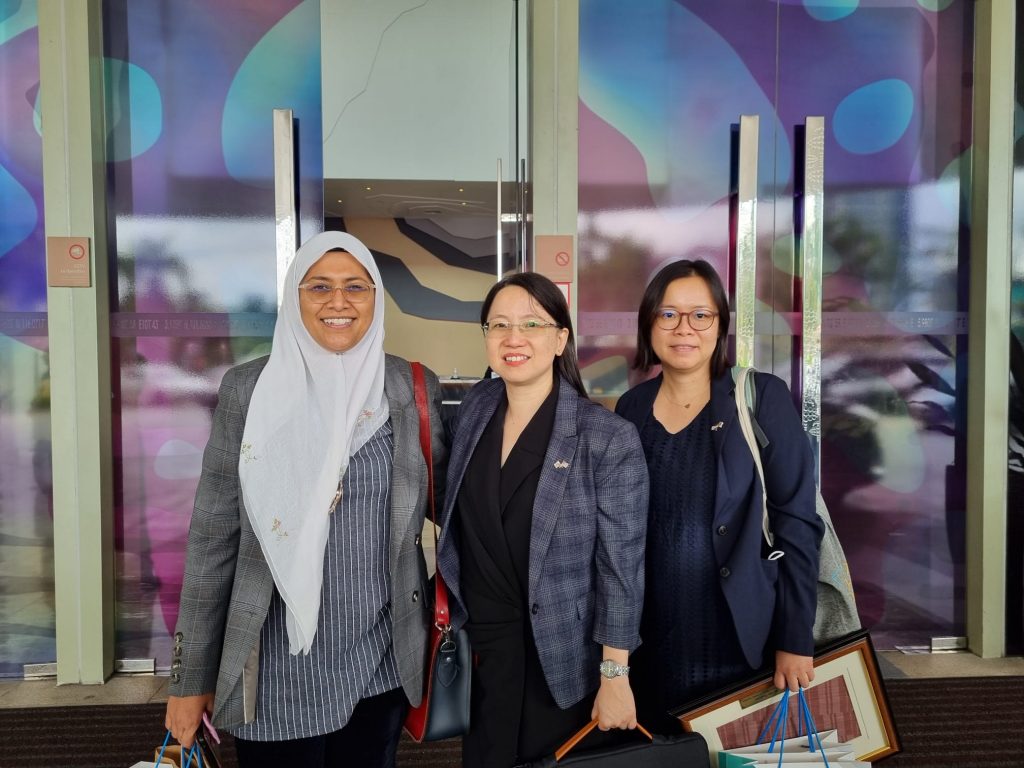
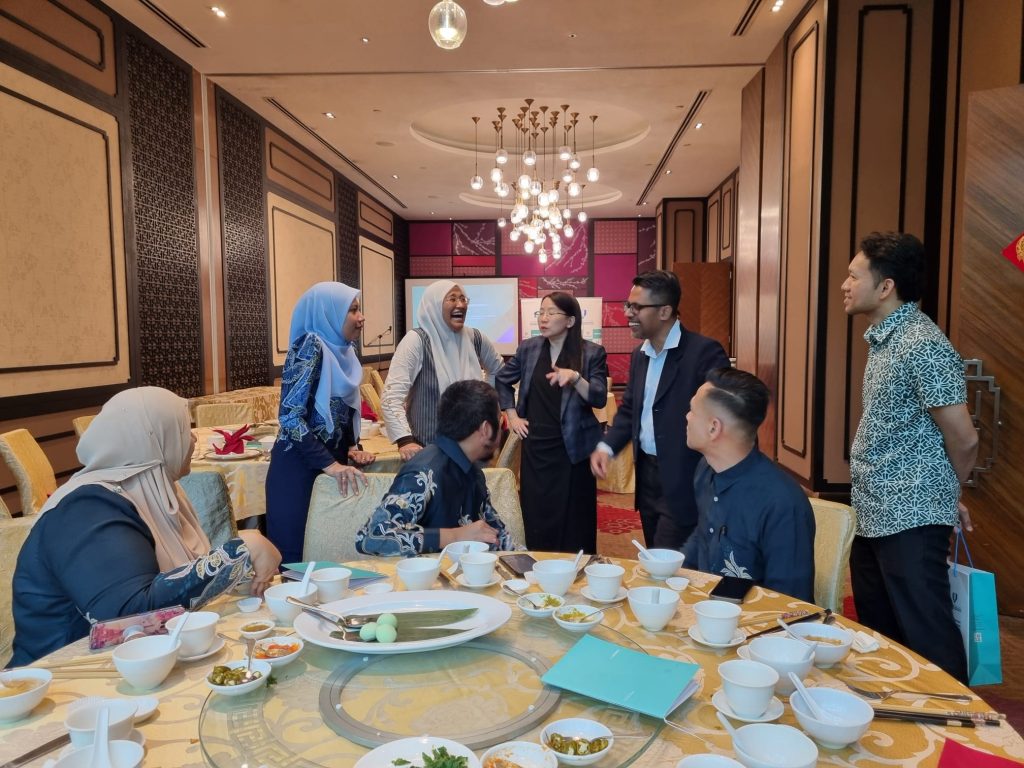
https://www.facebook.com/share/p/3Lkr72v41XheU5ss/?mibextid=WC7FNe


